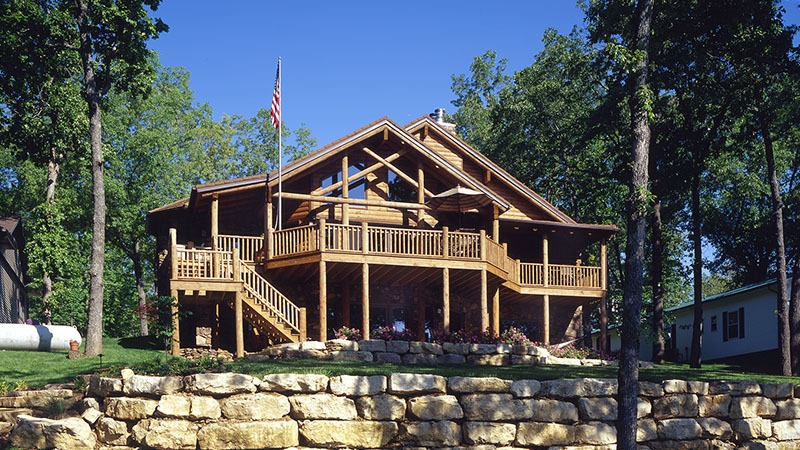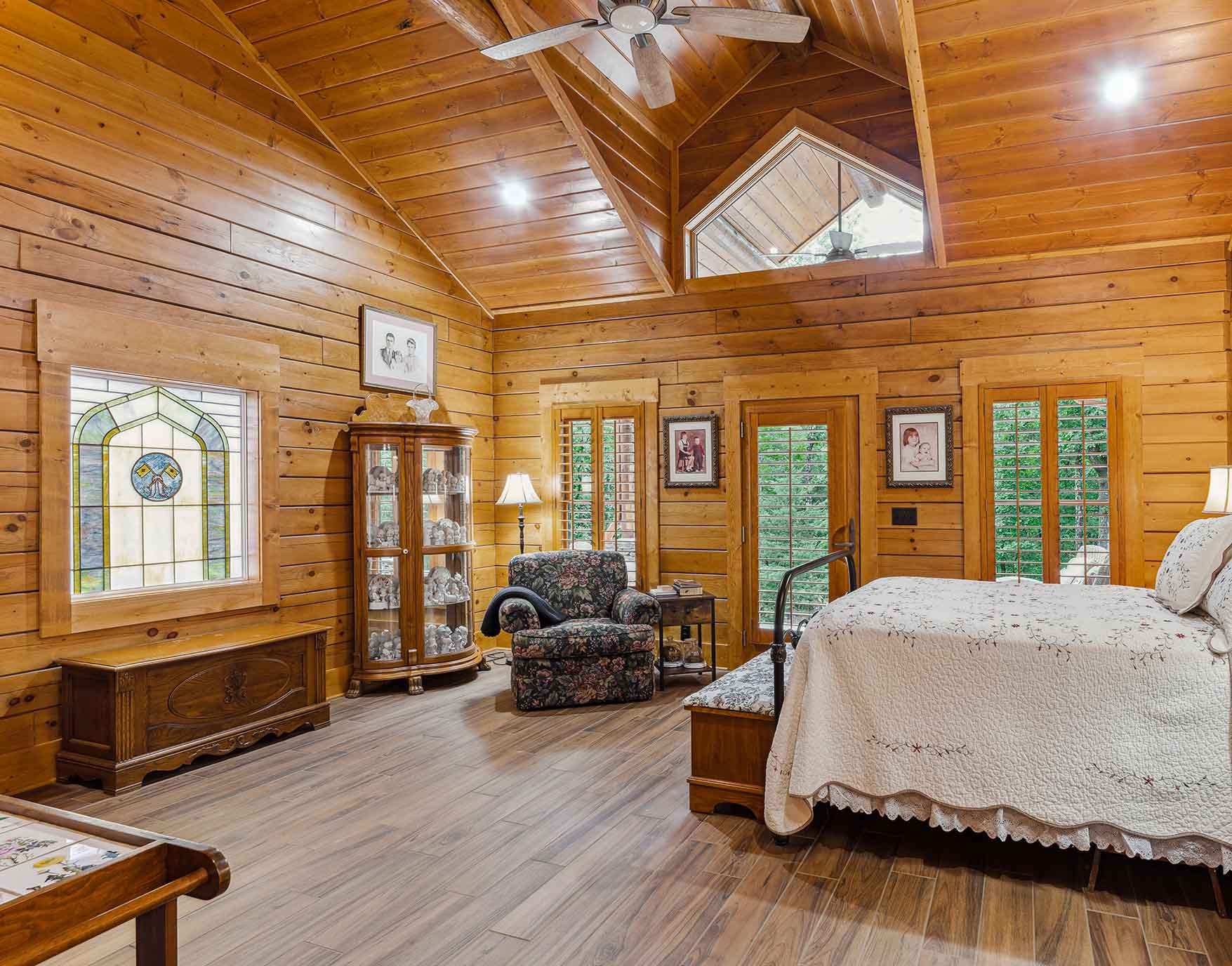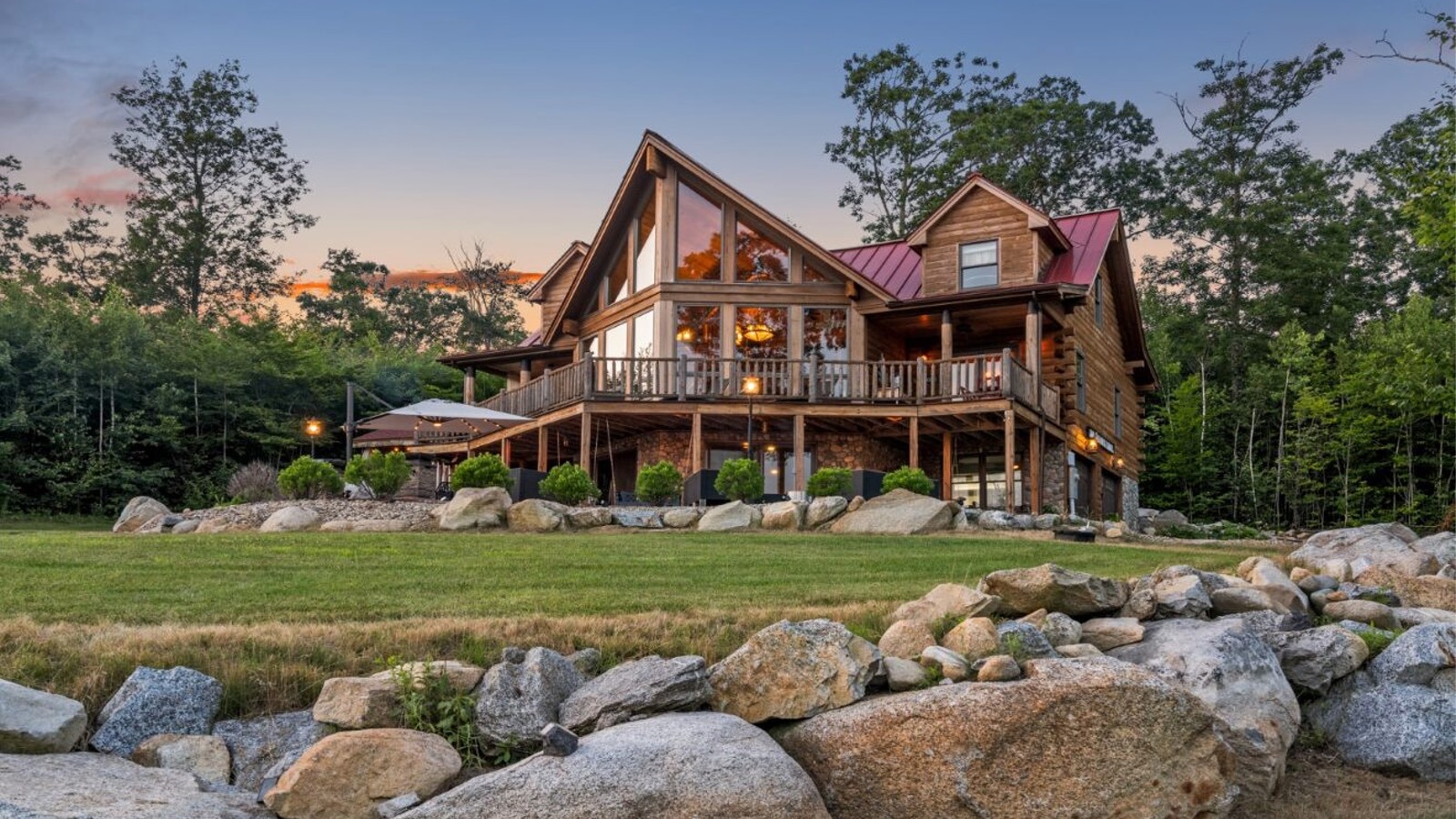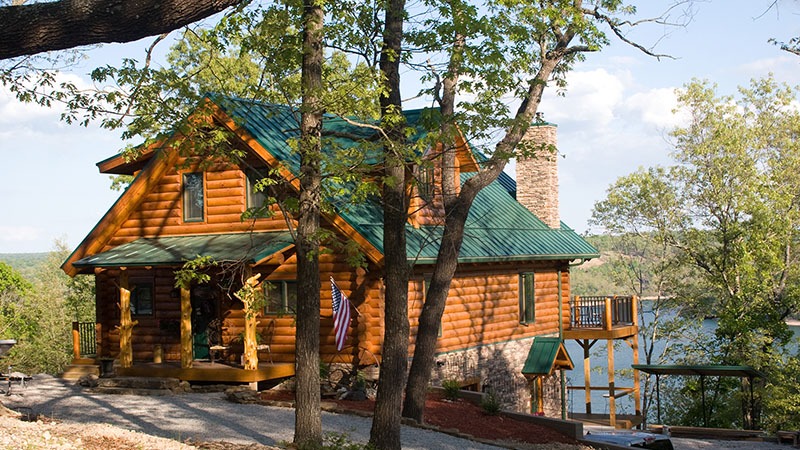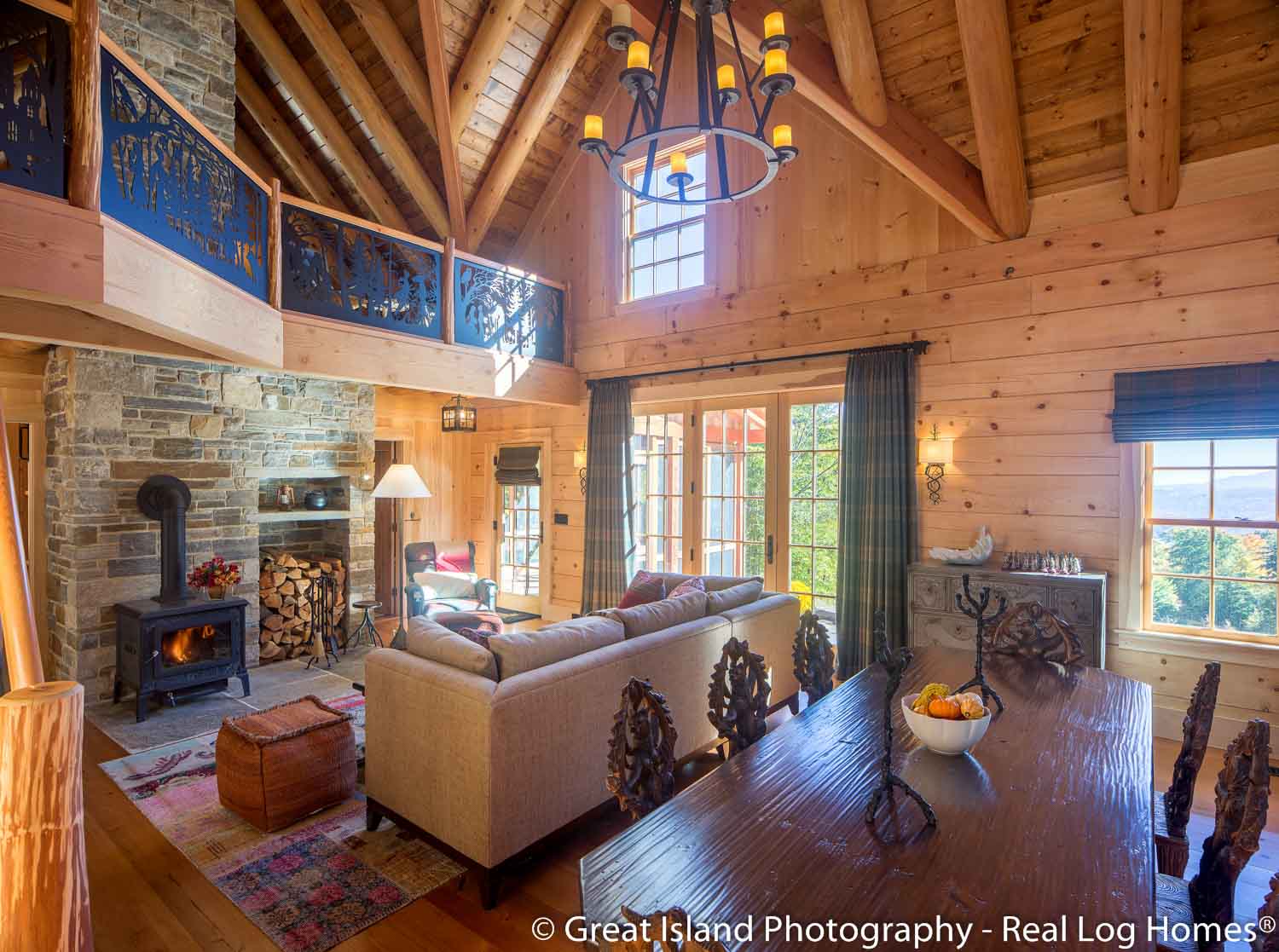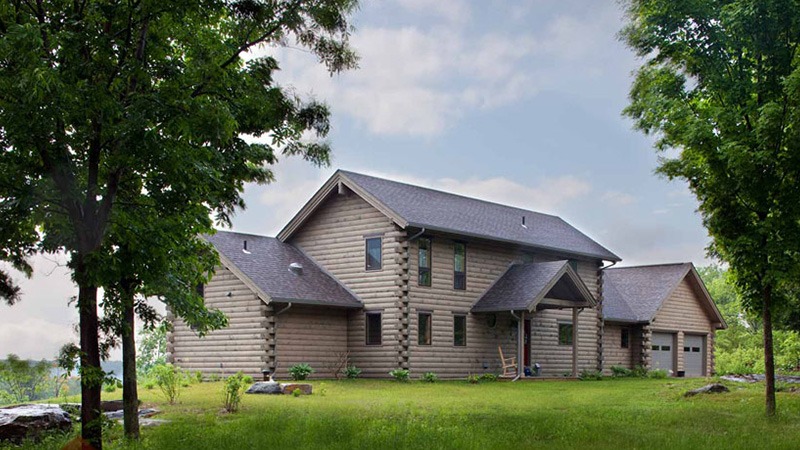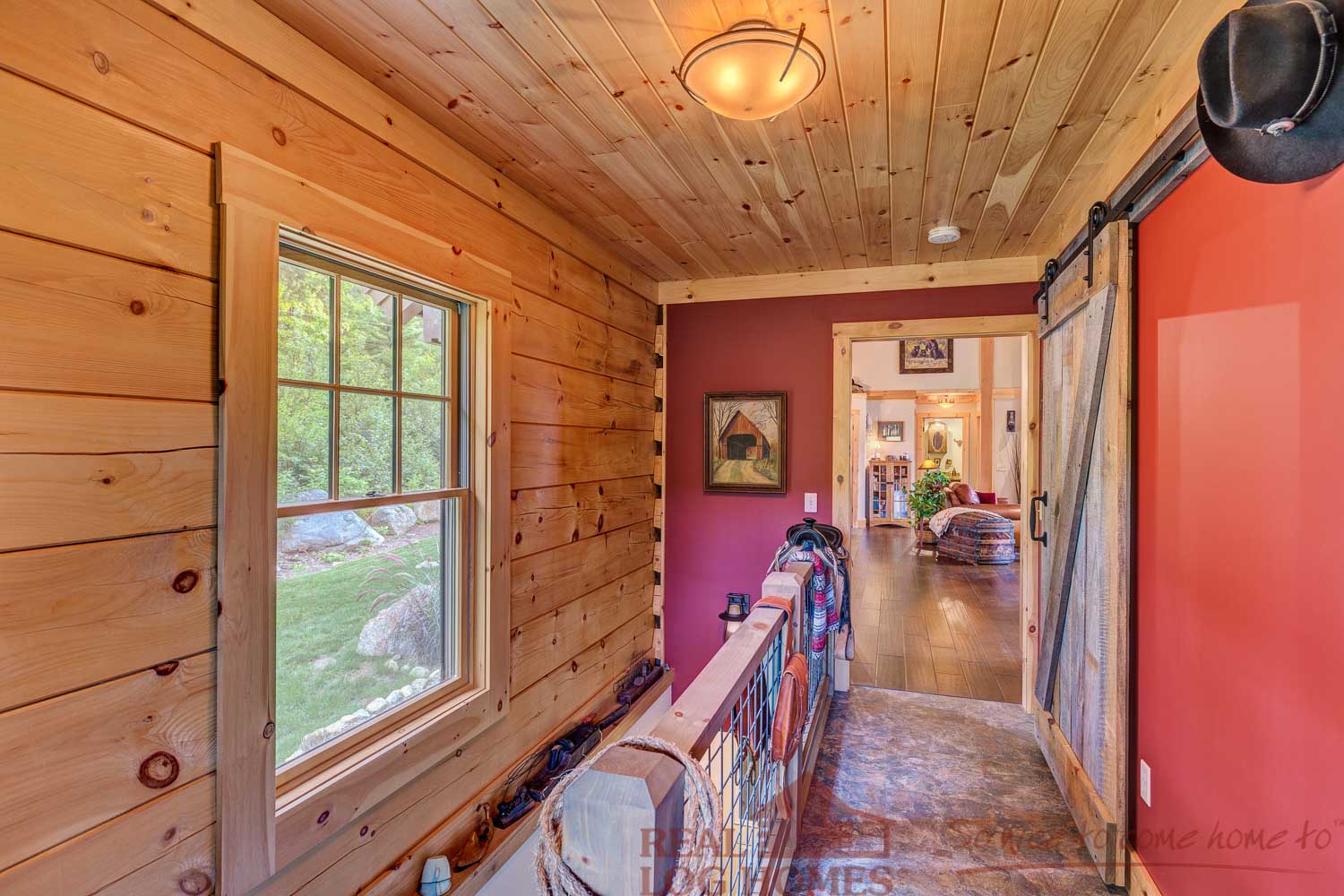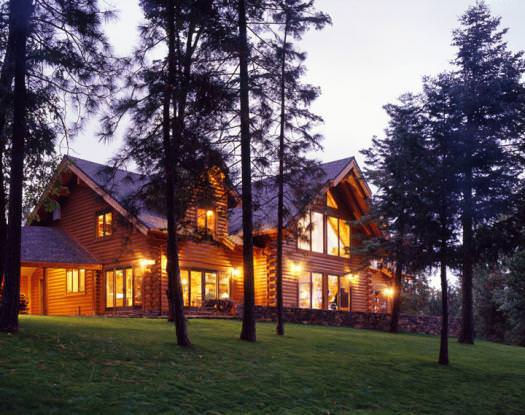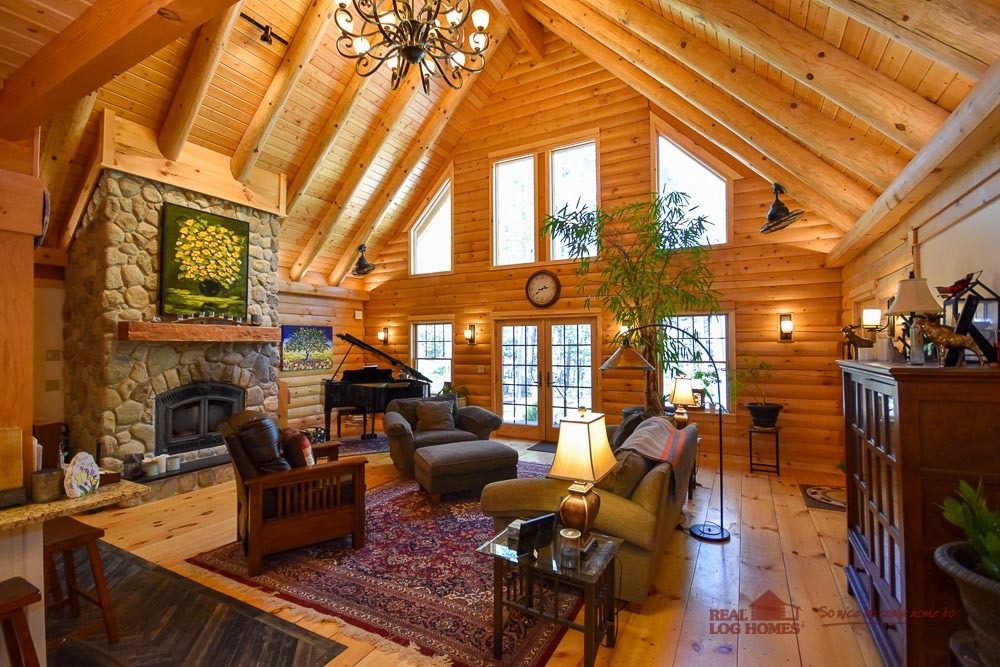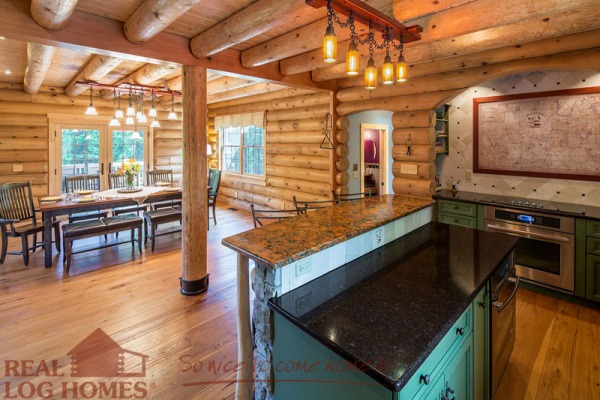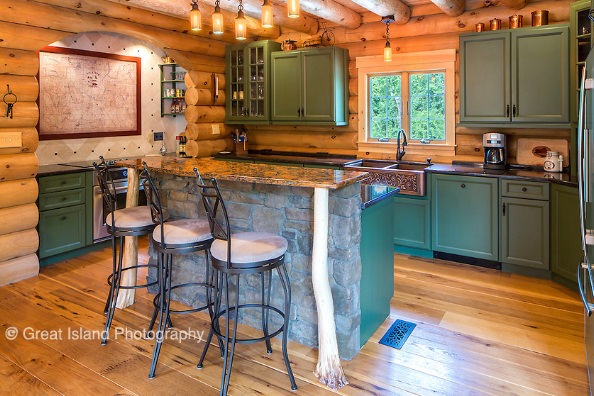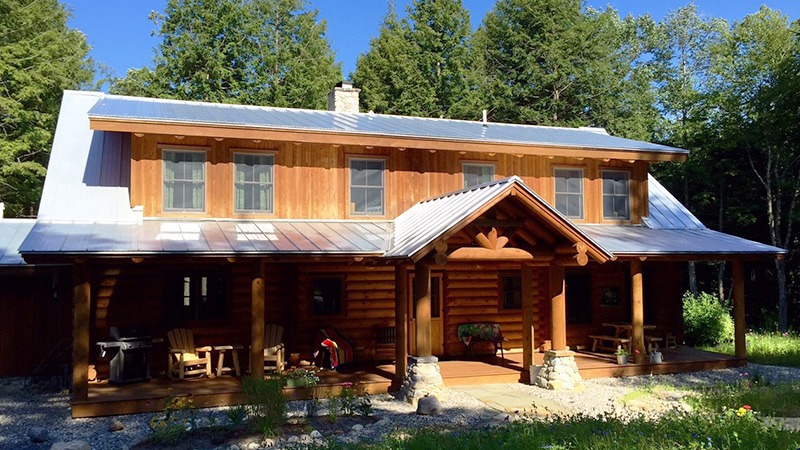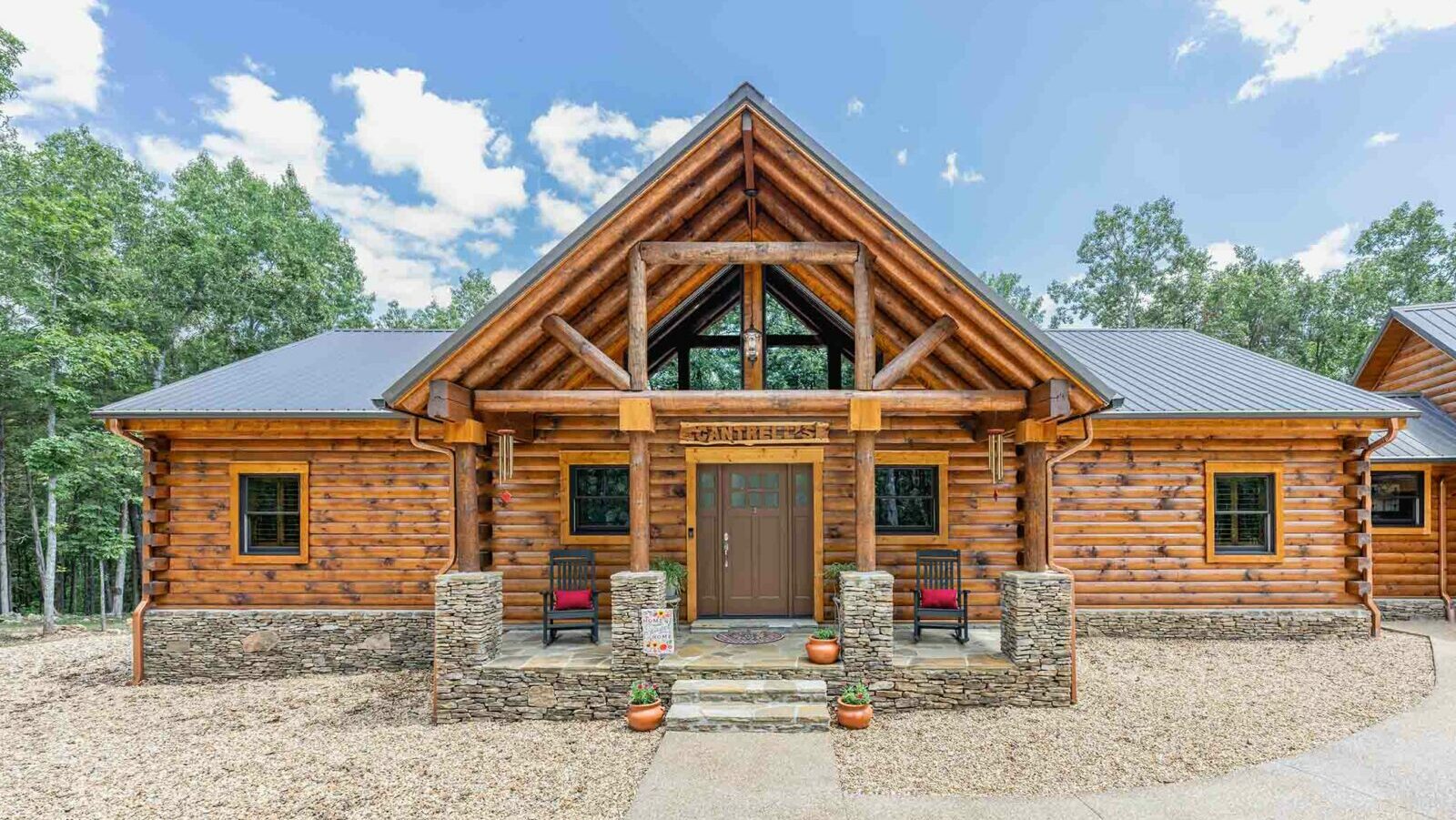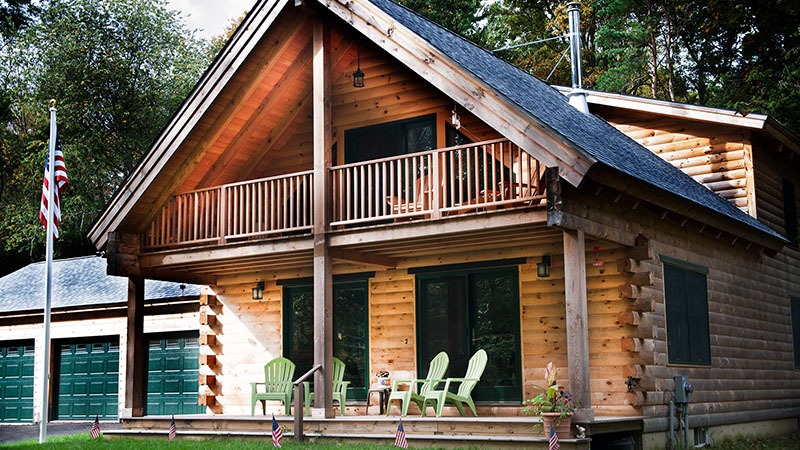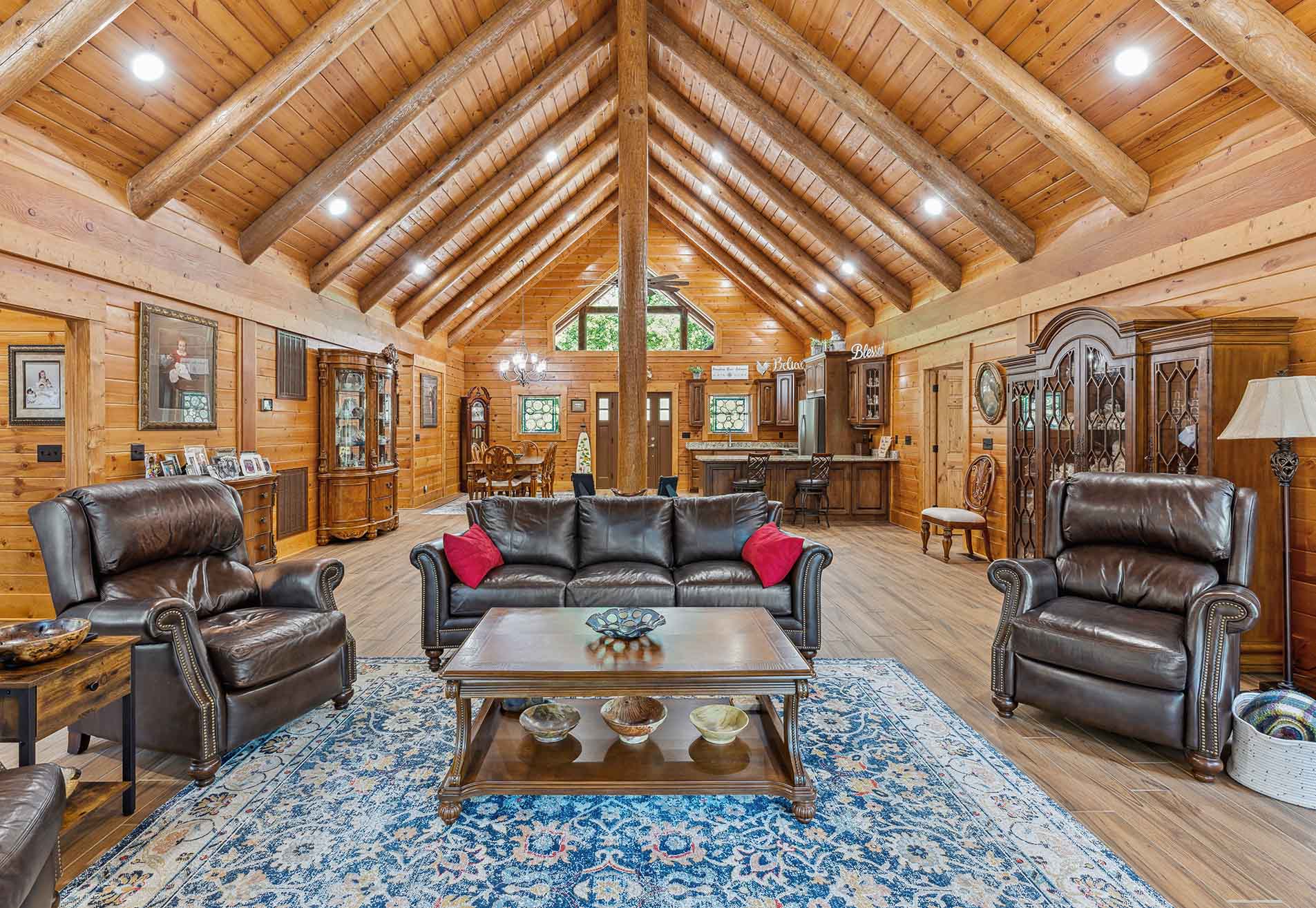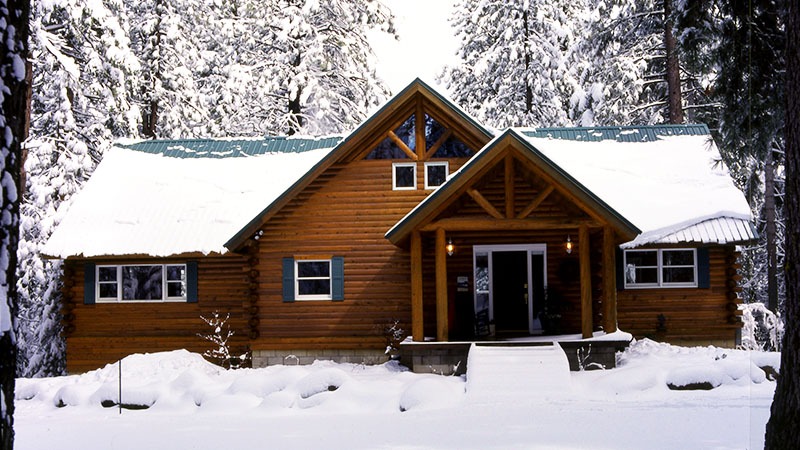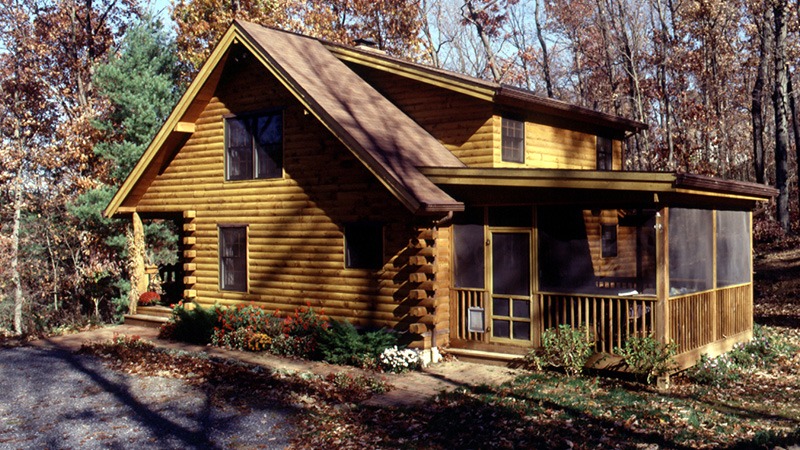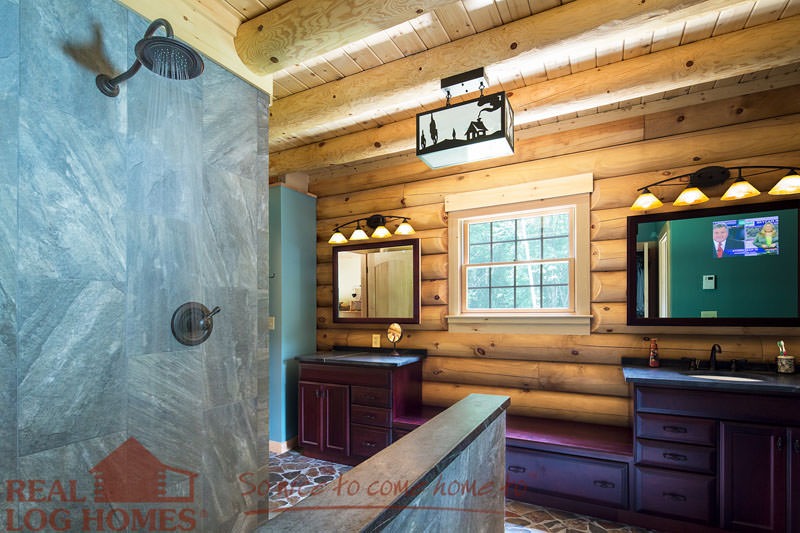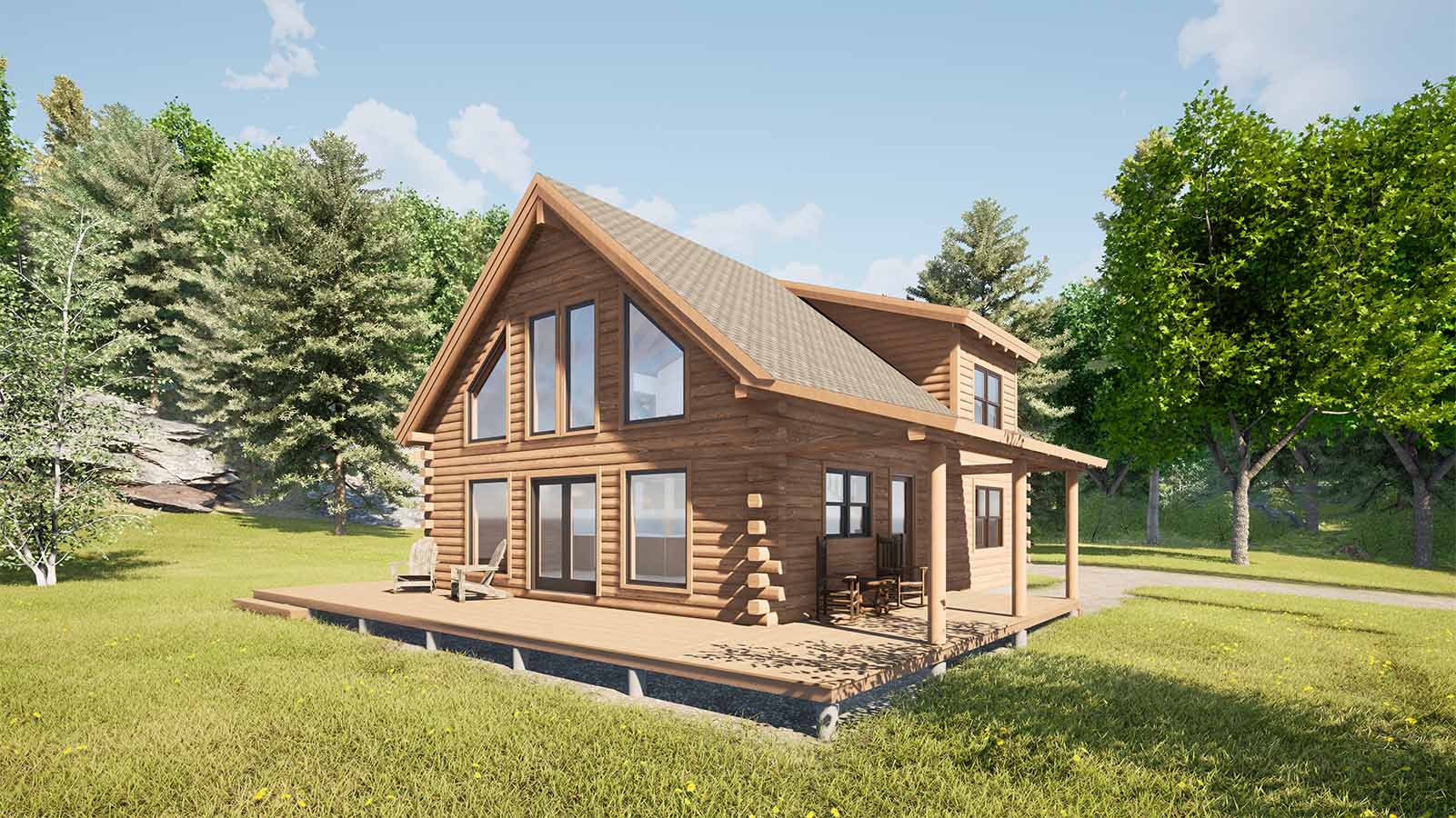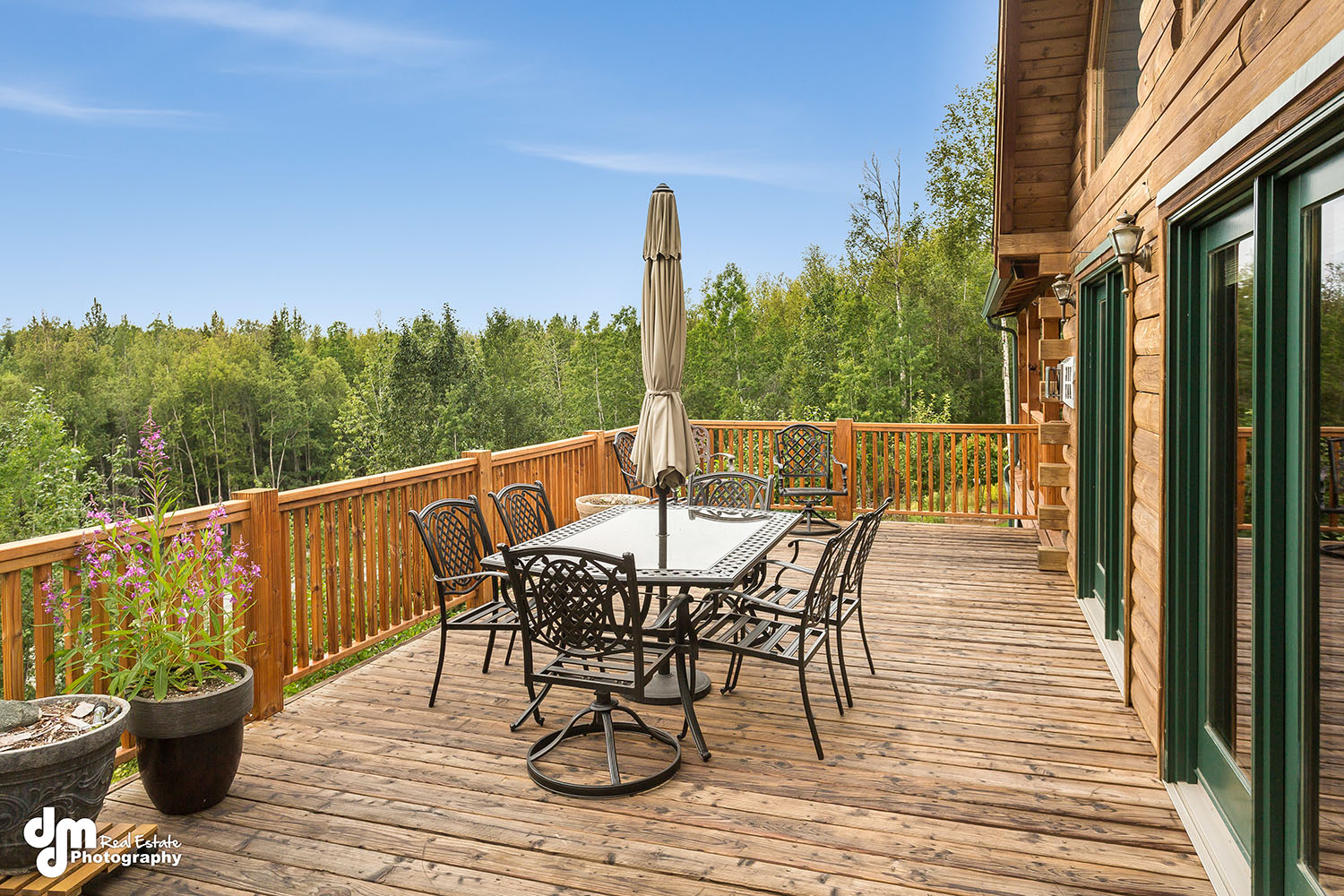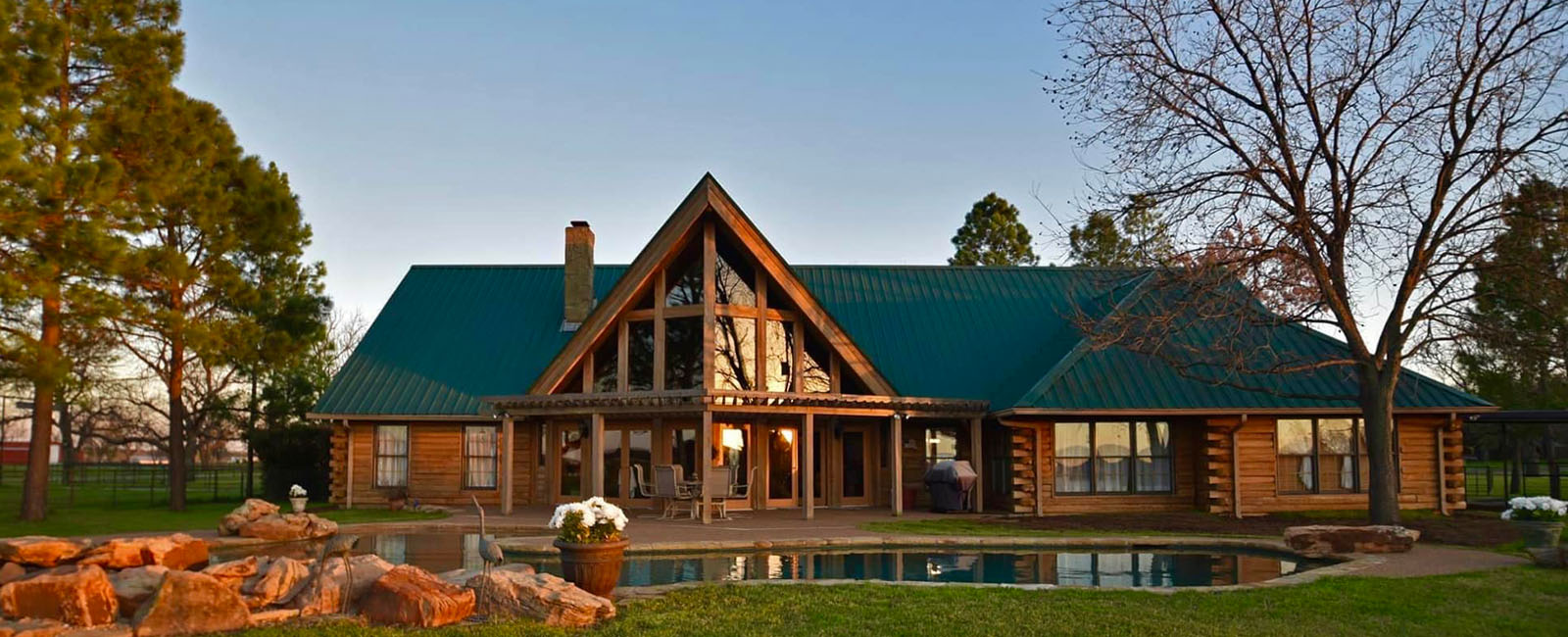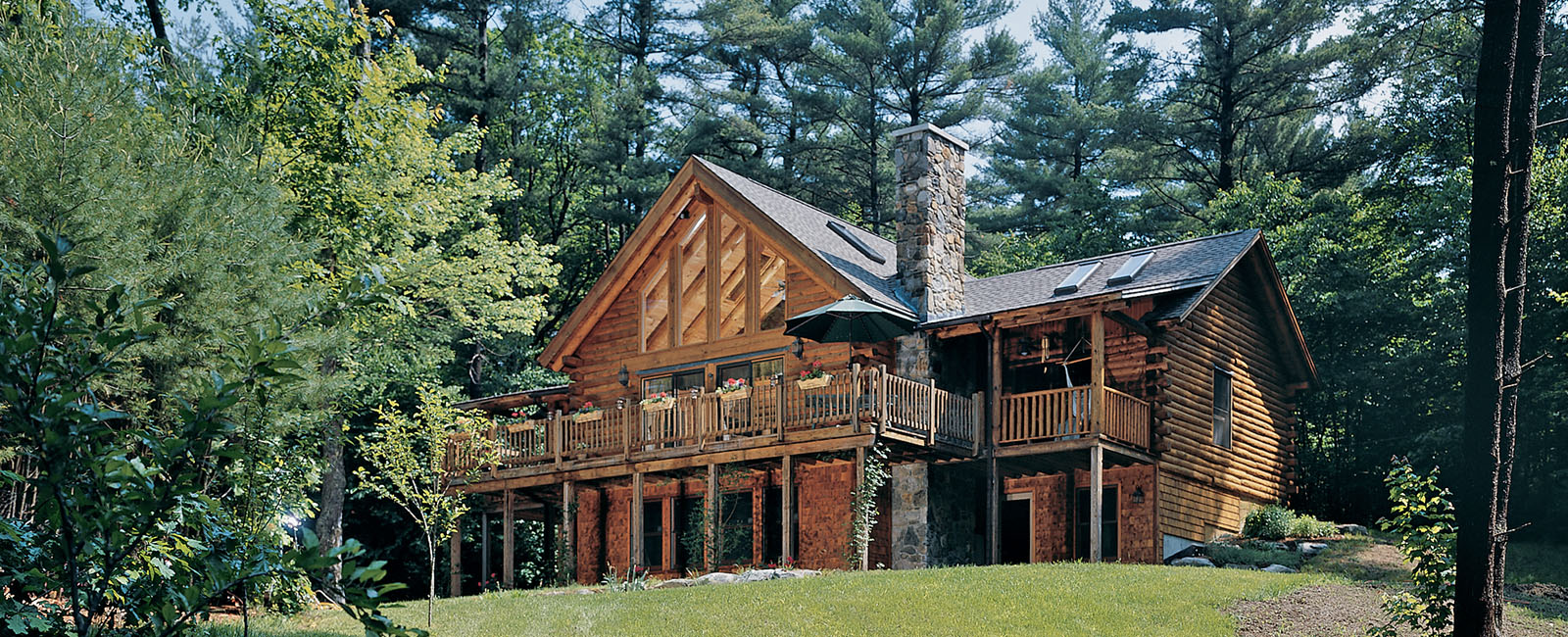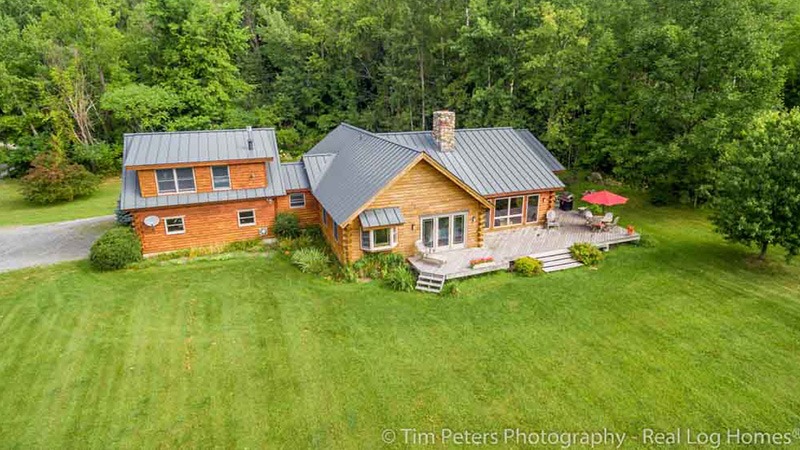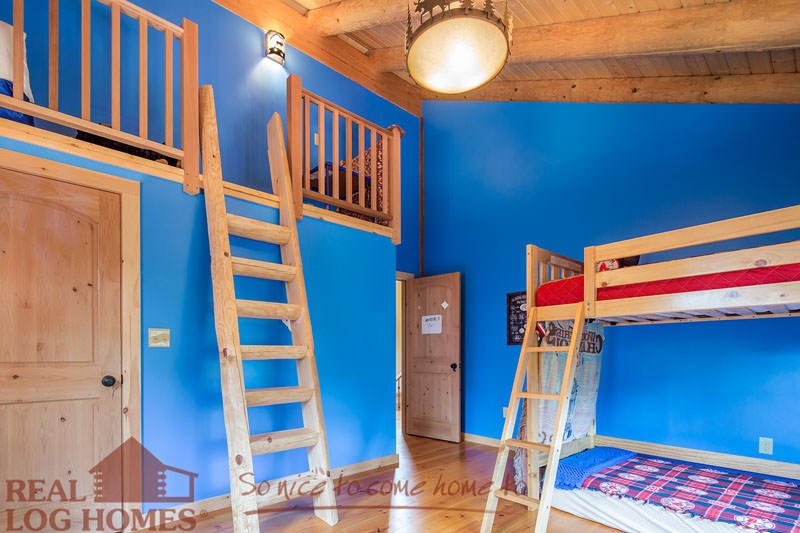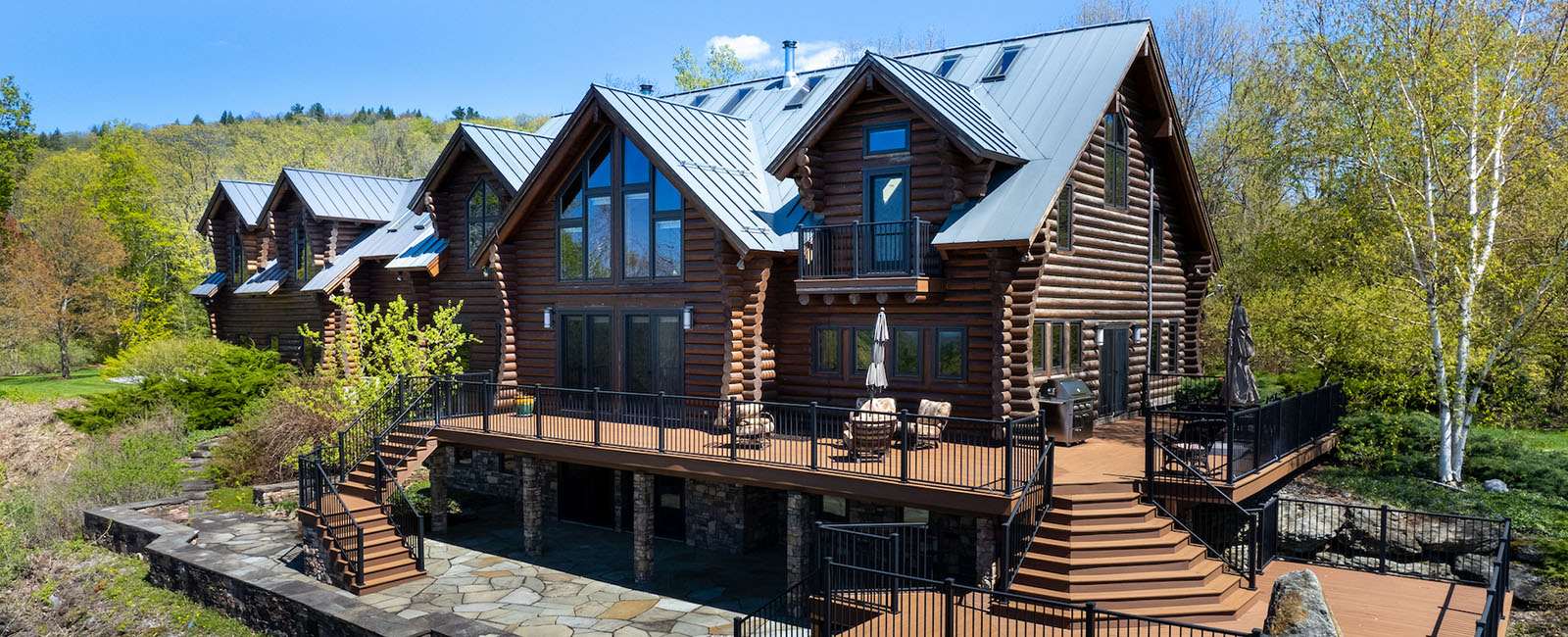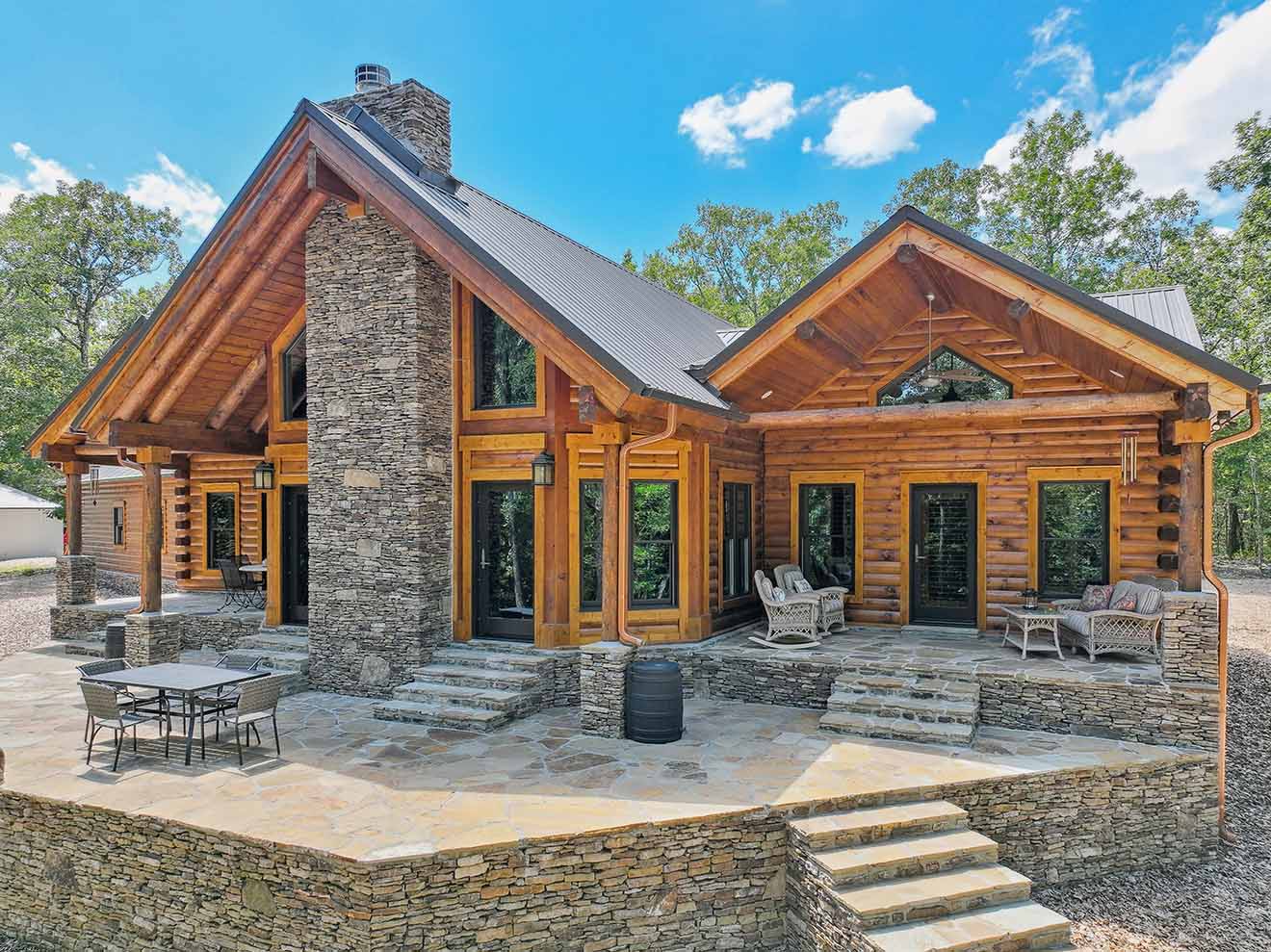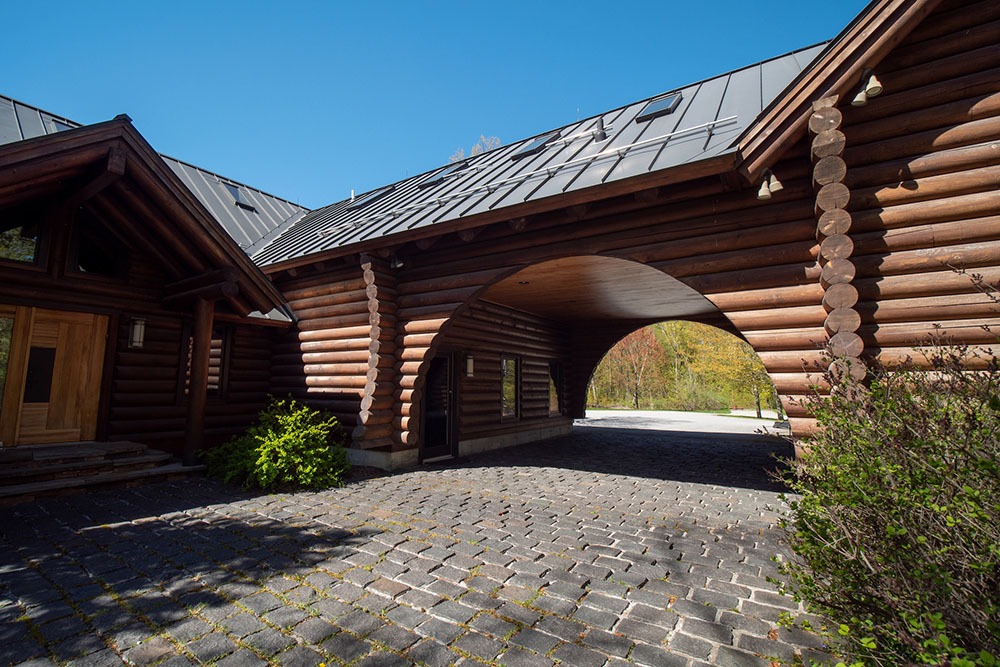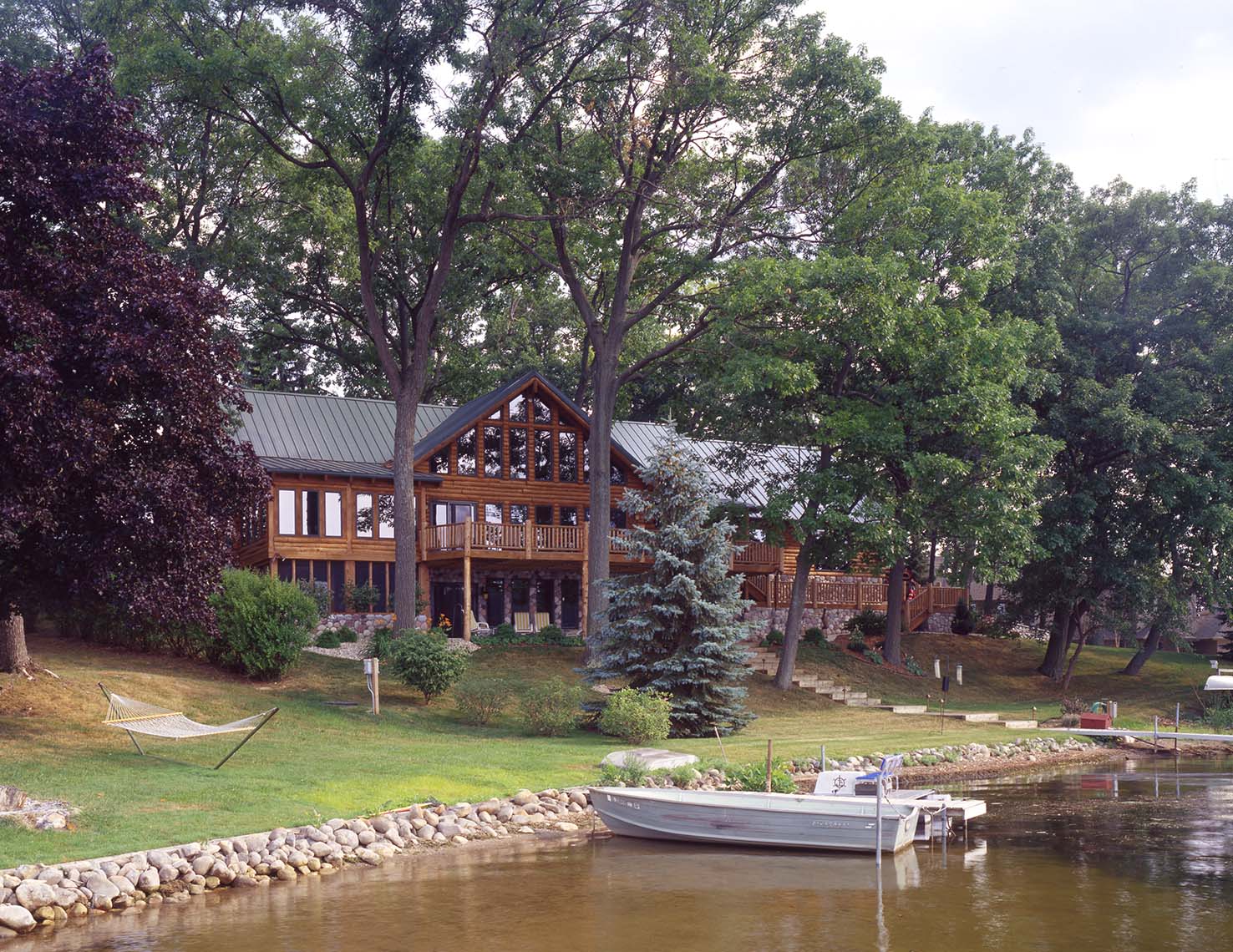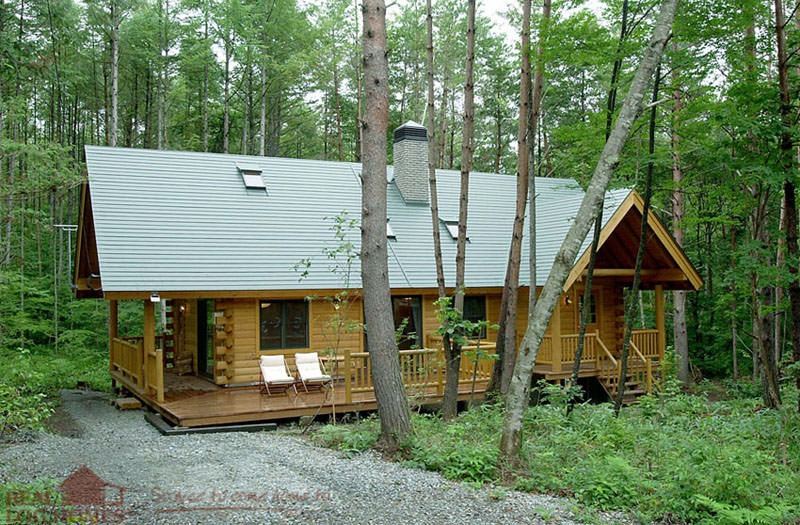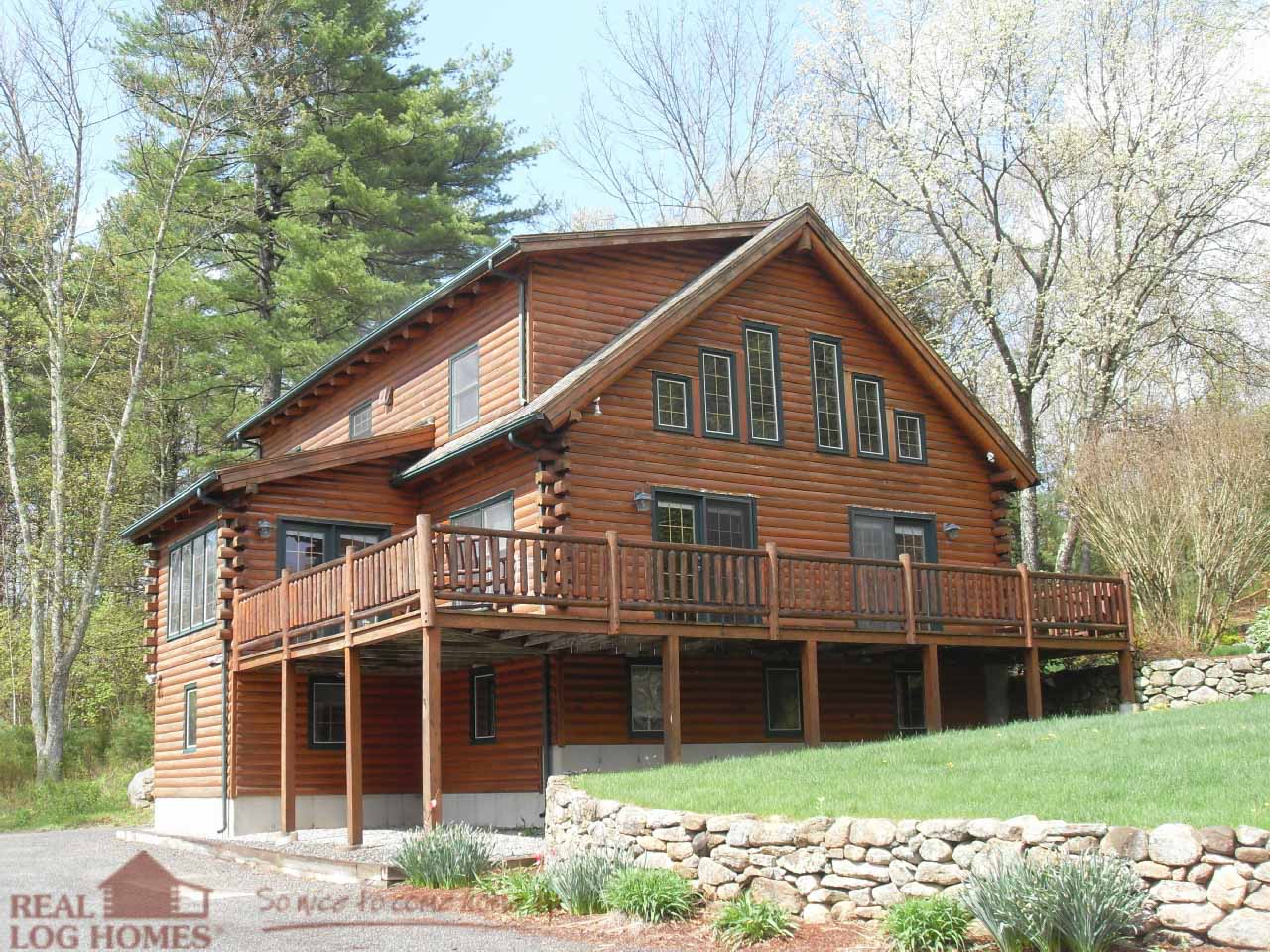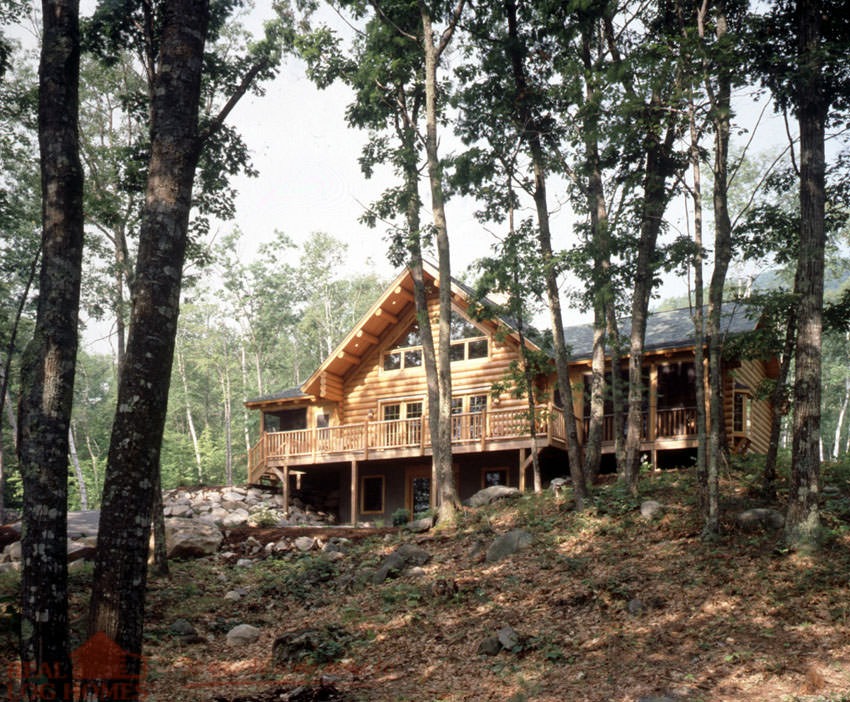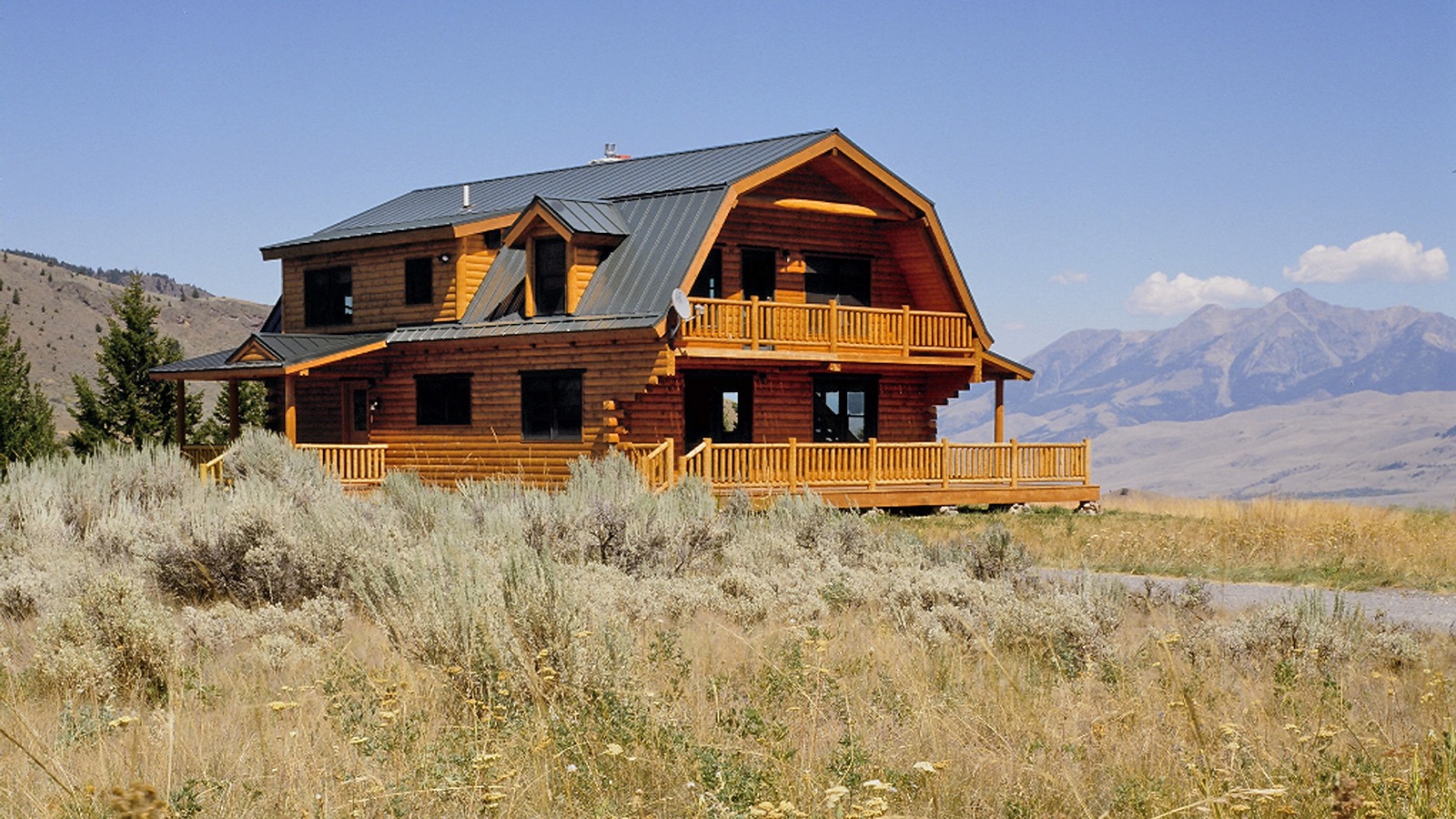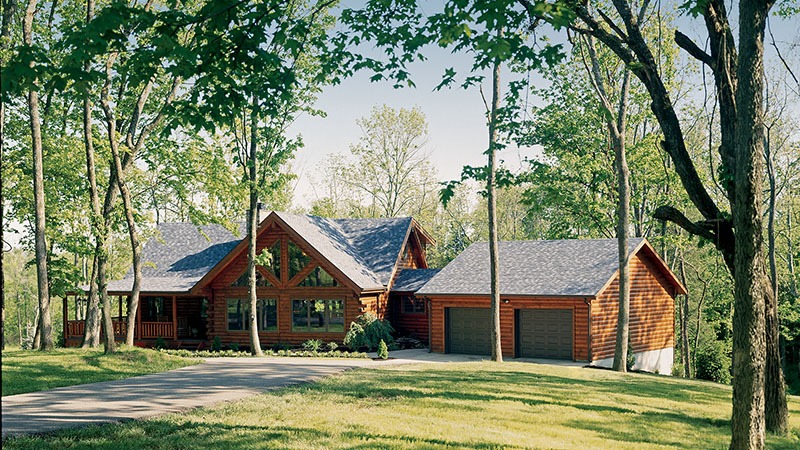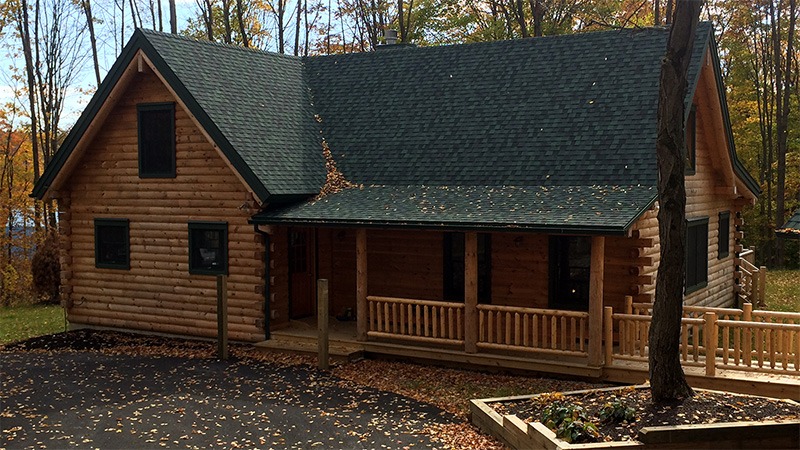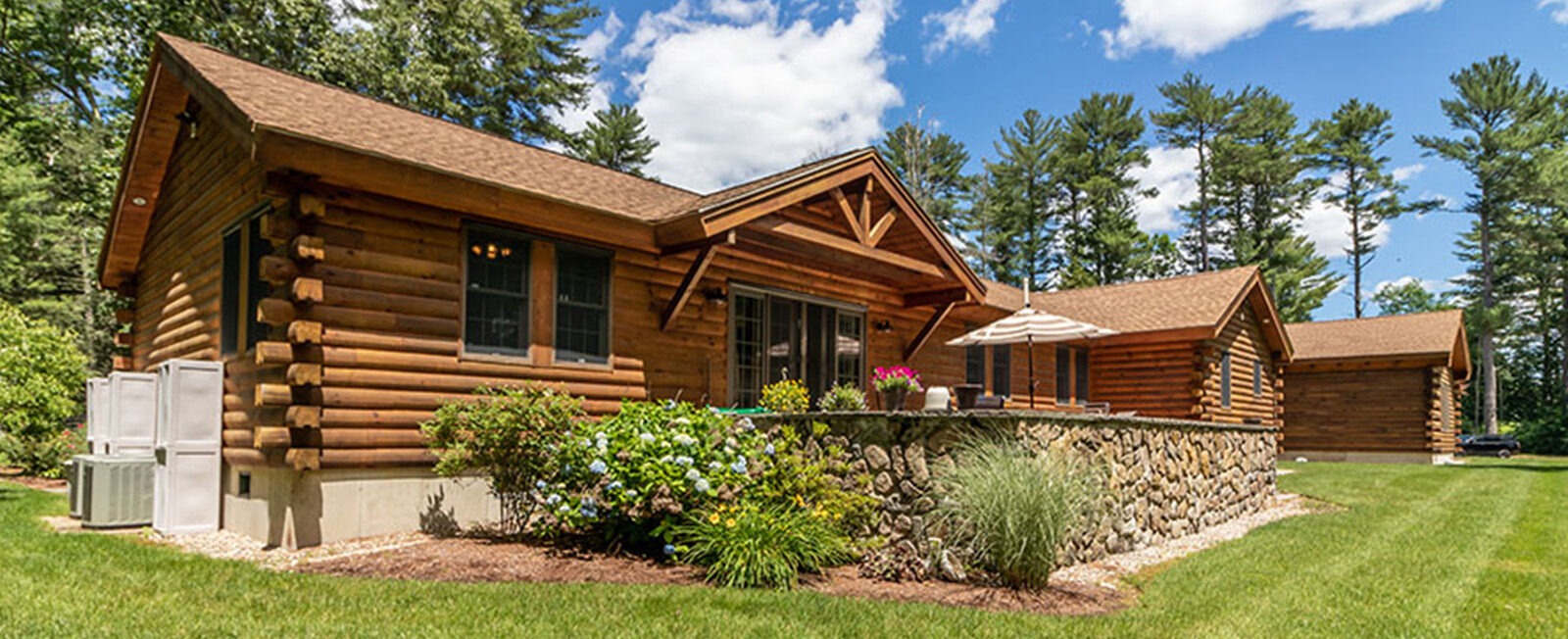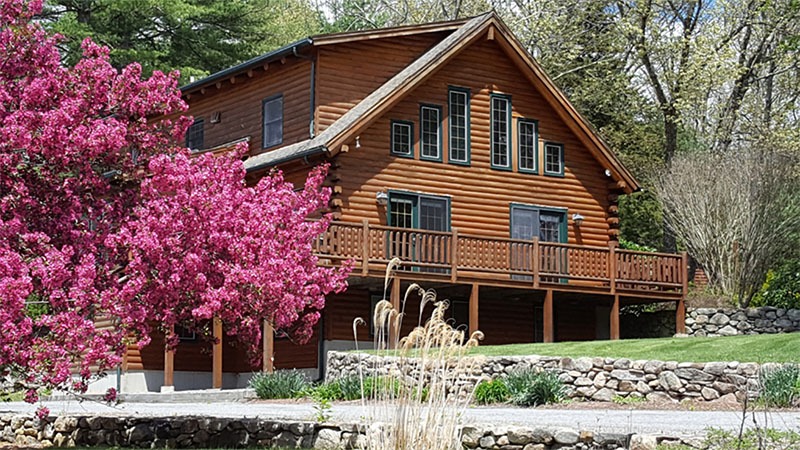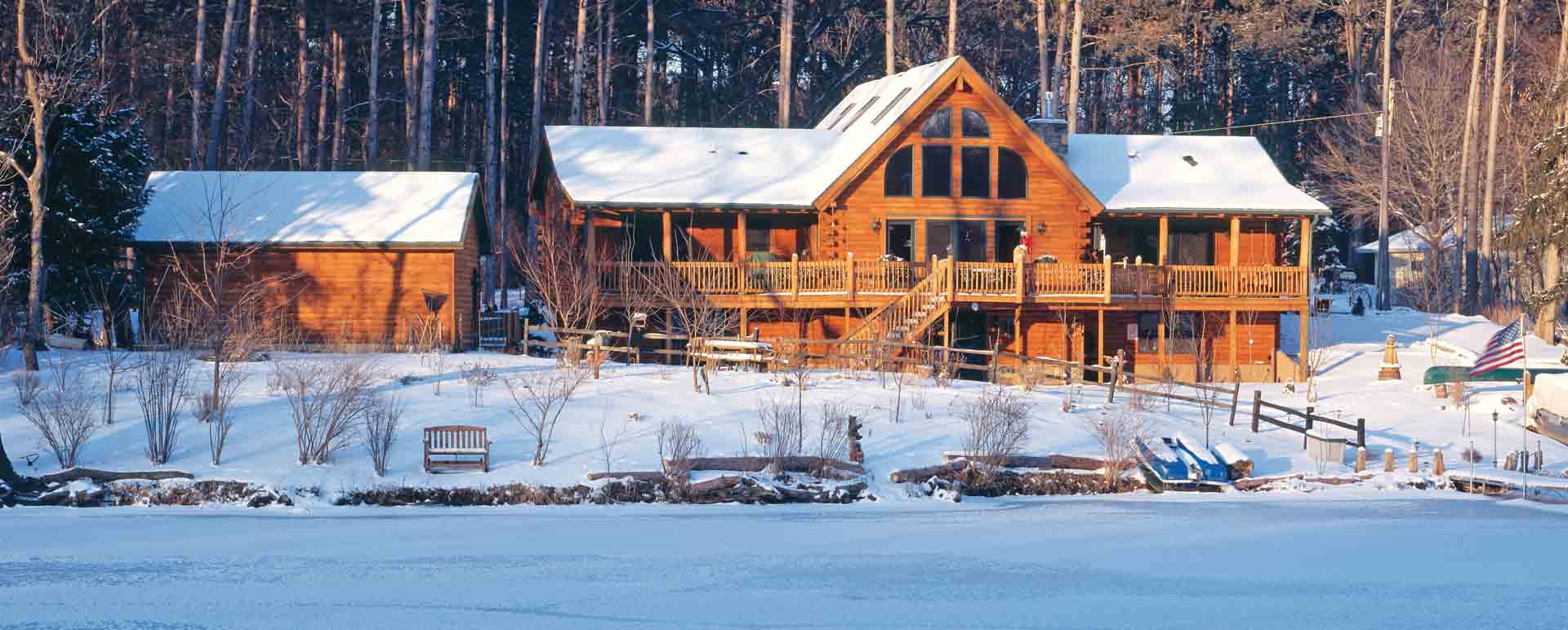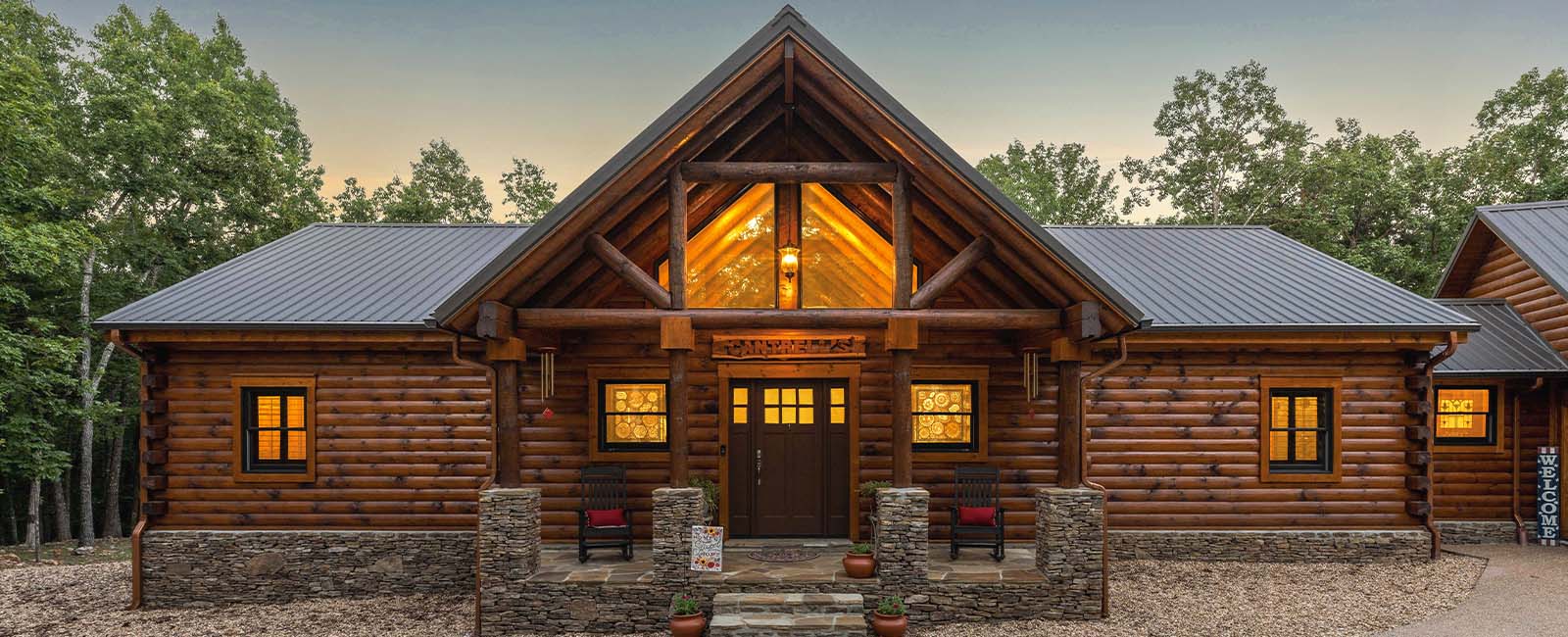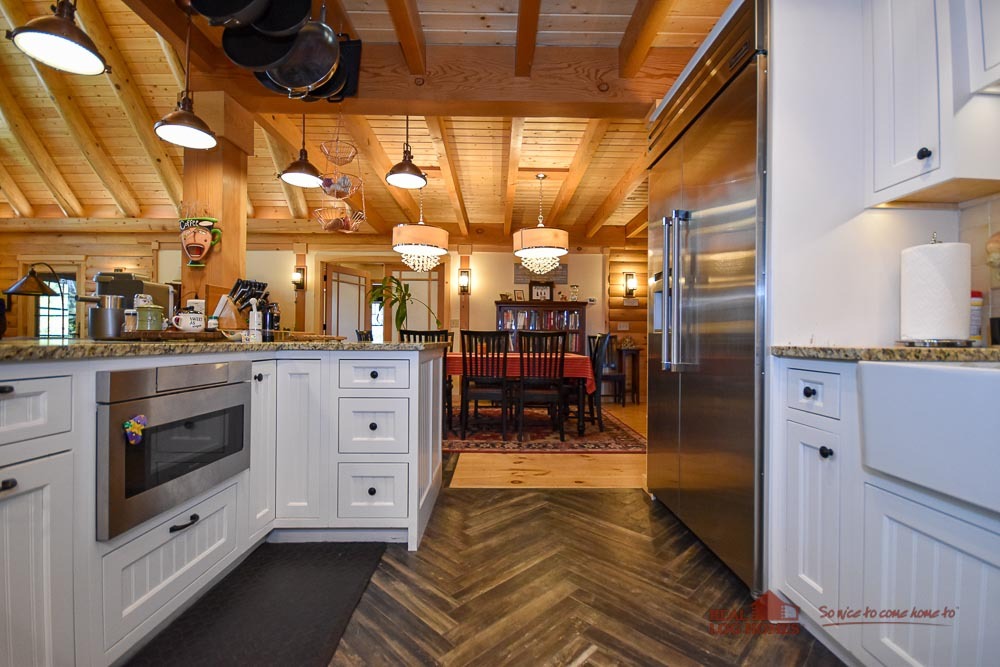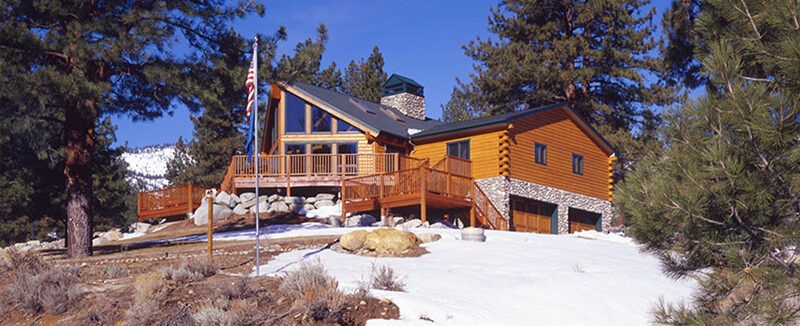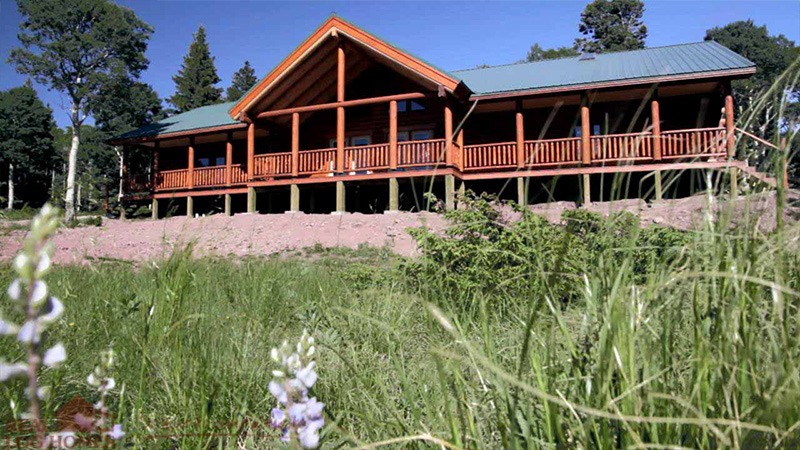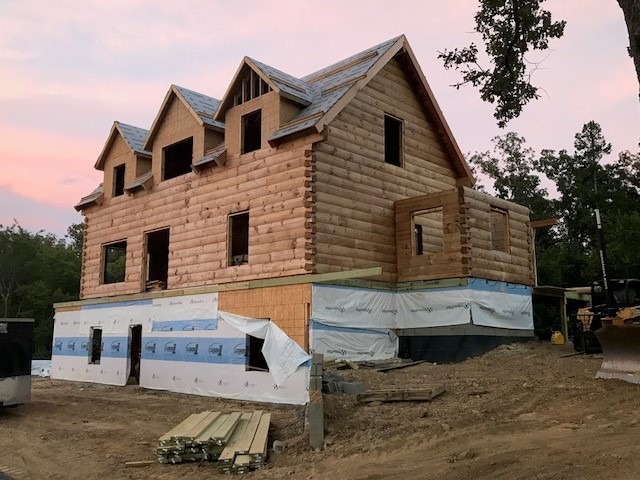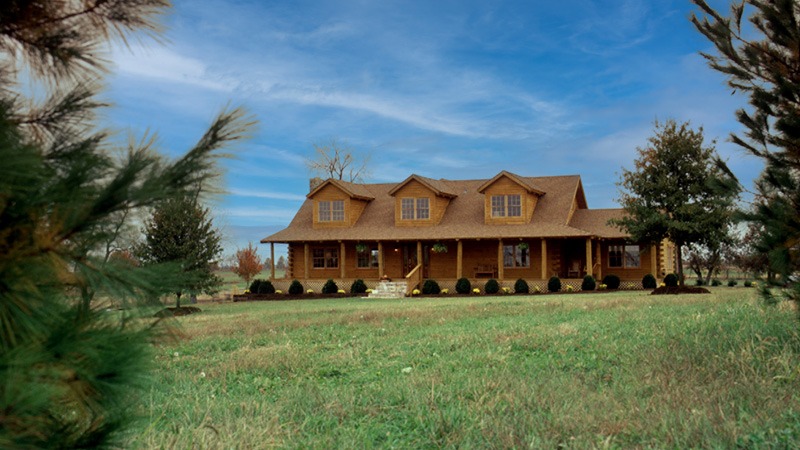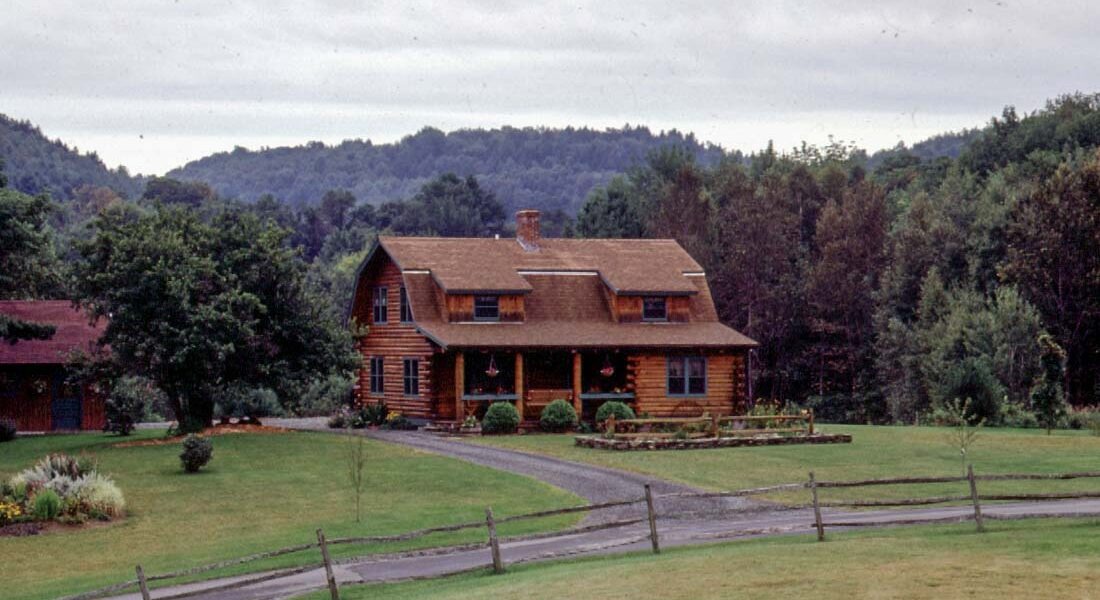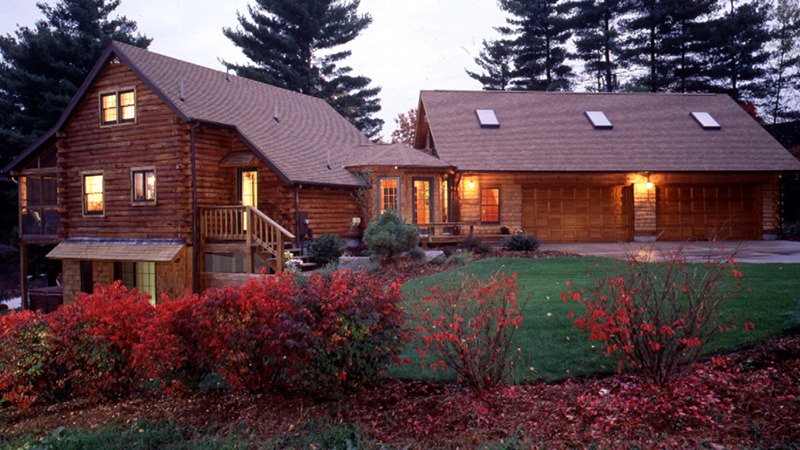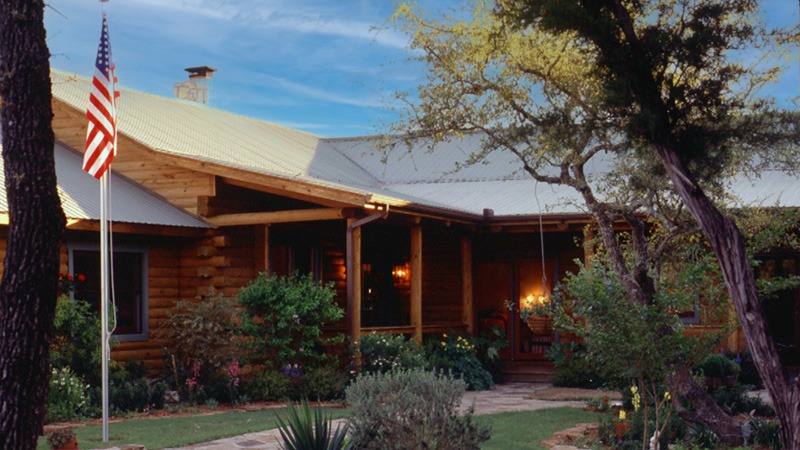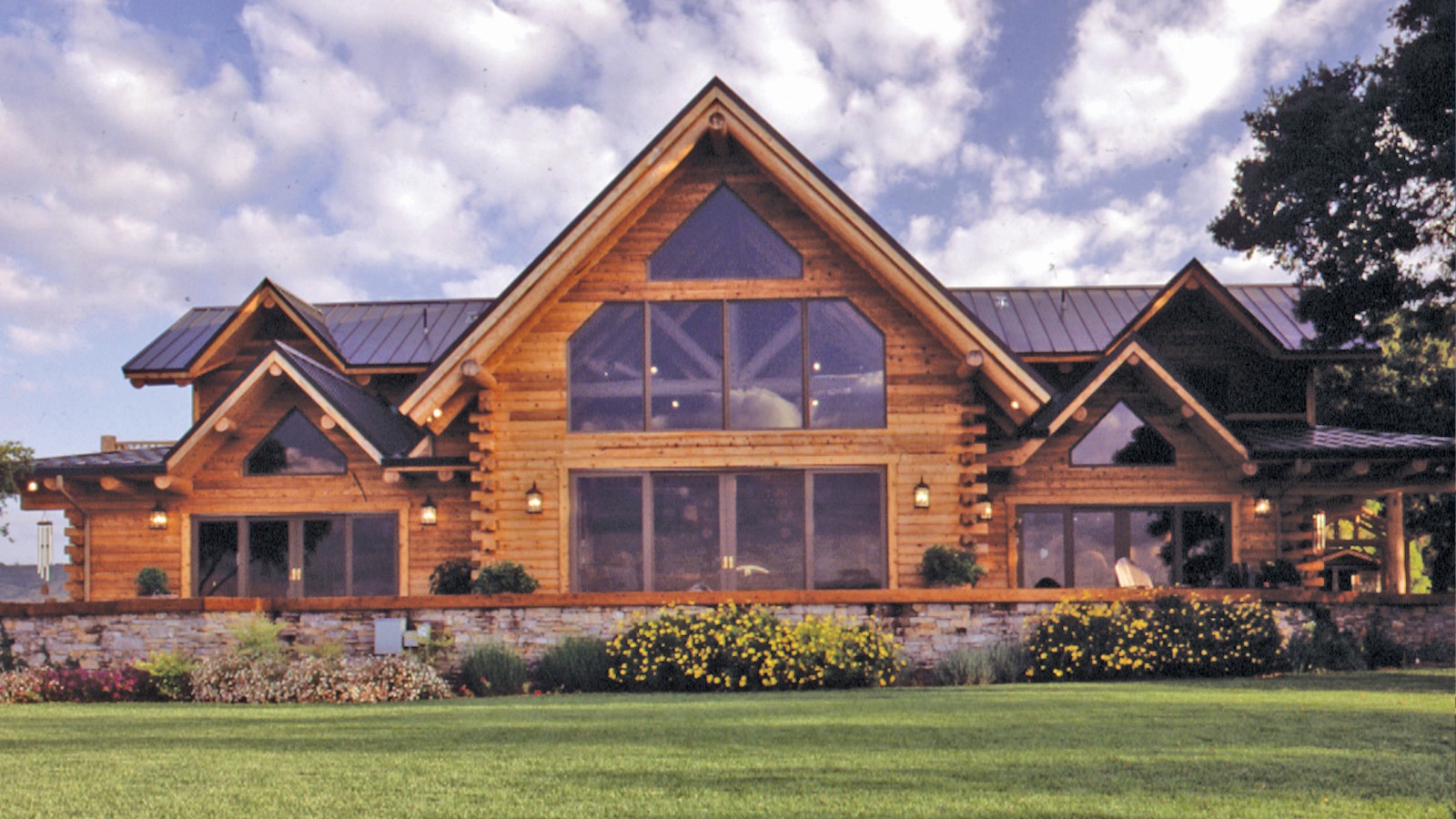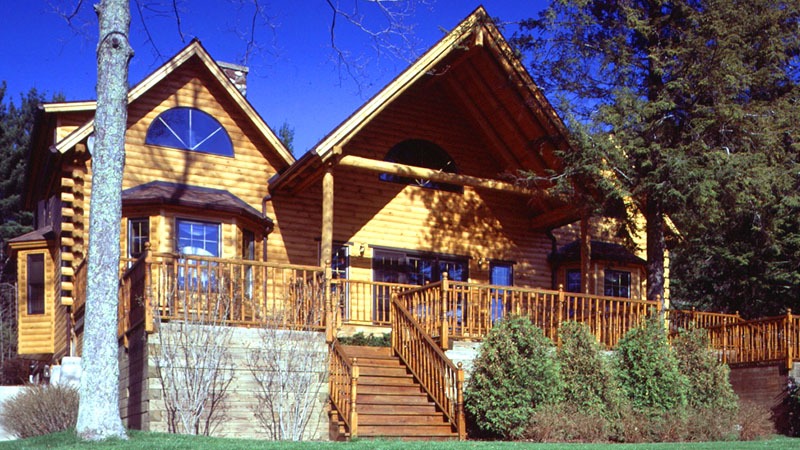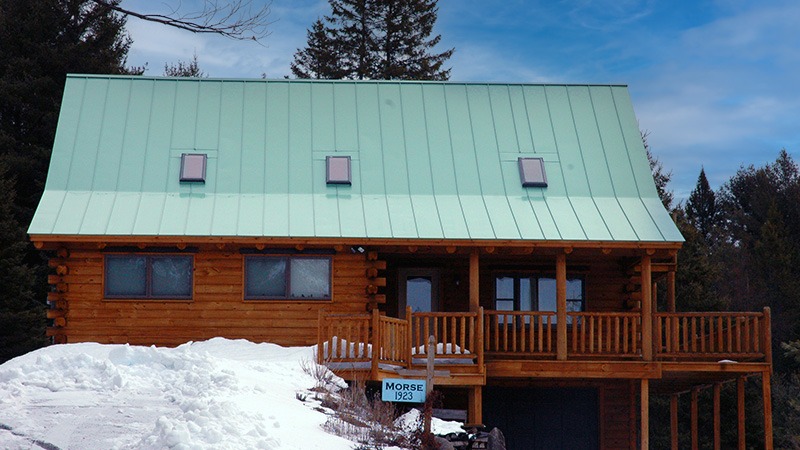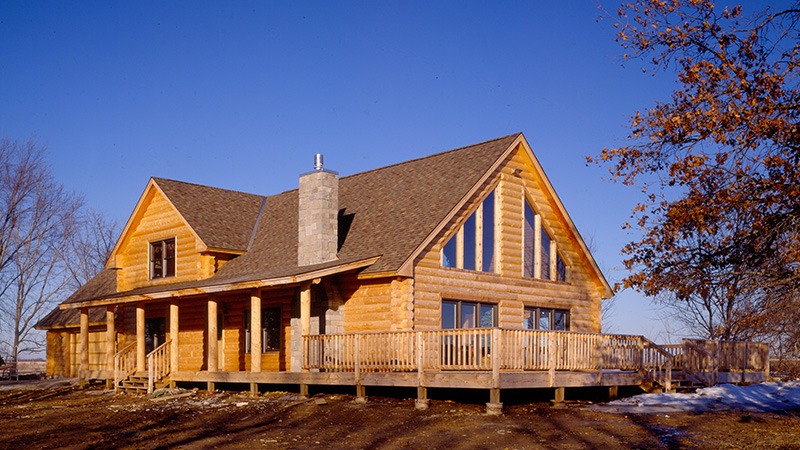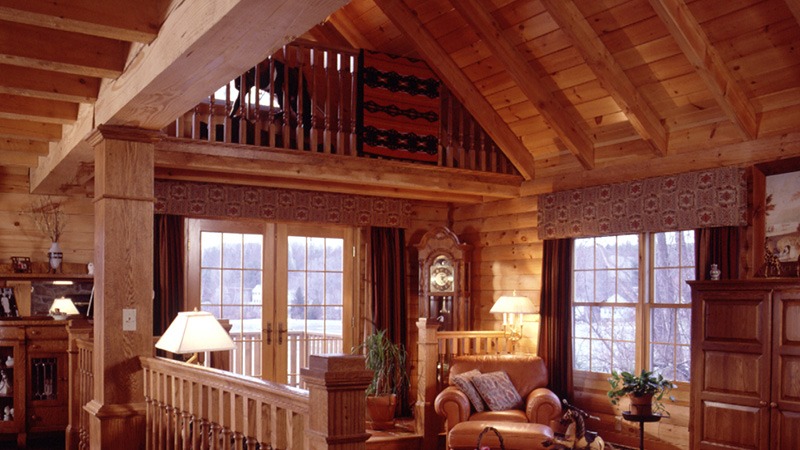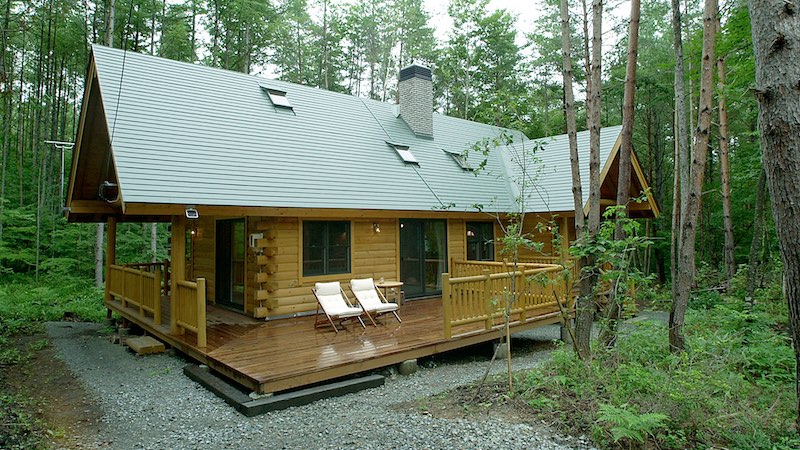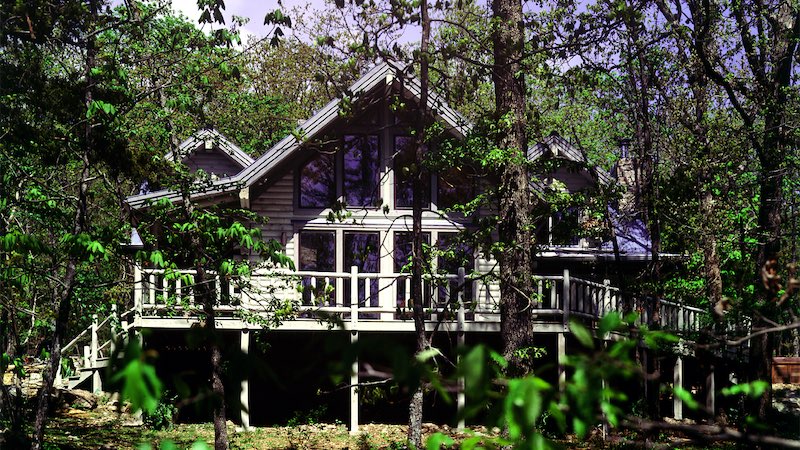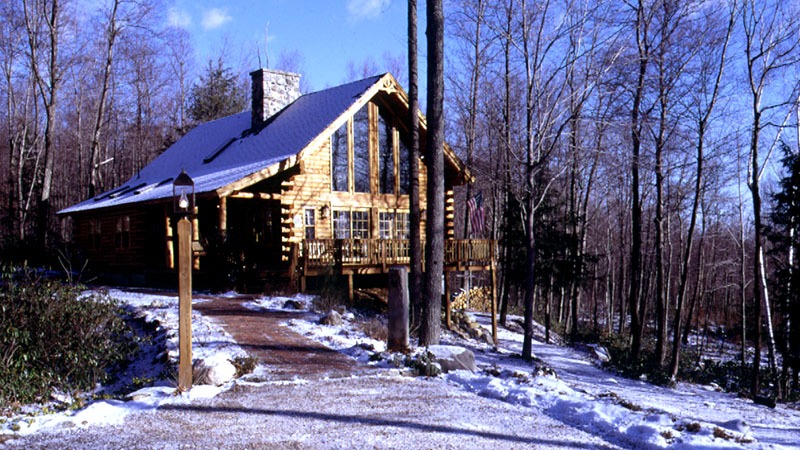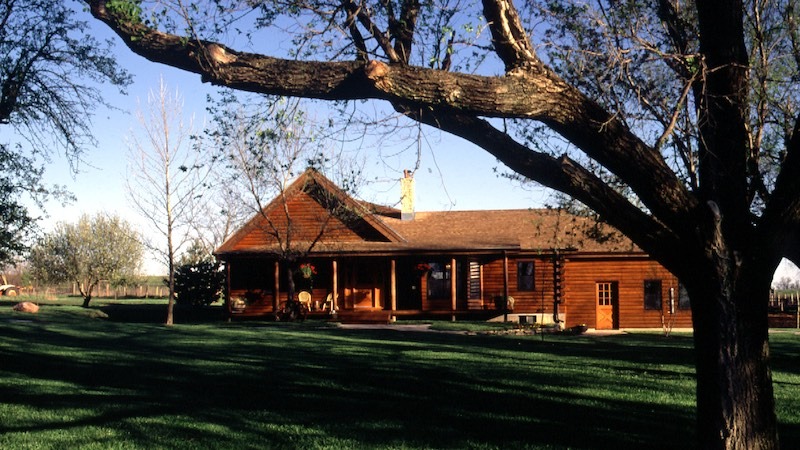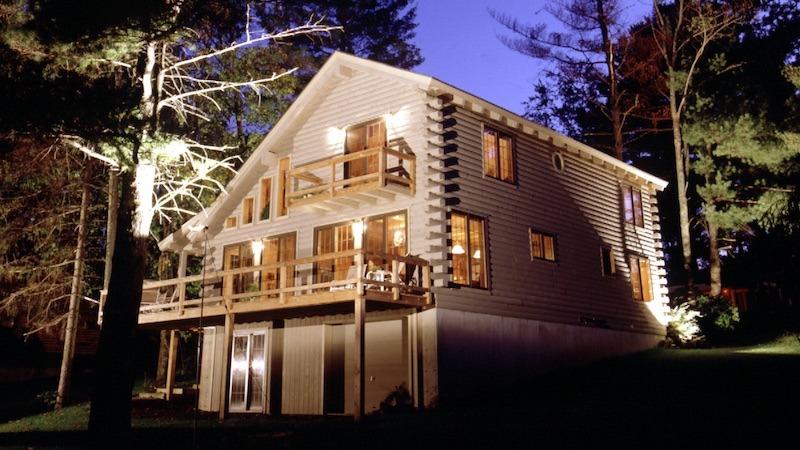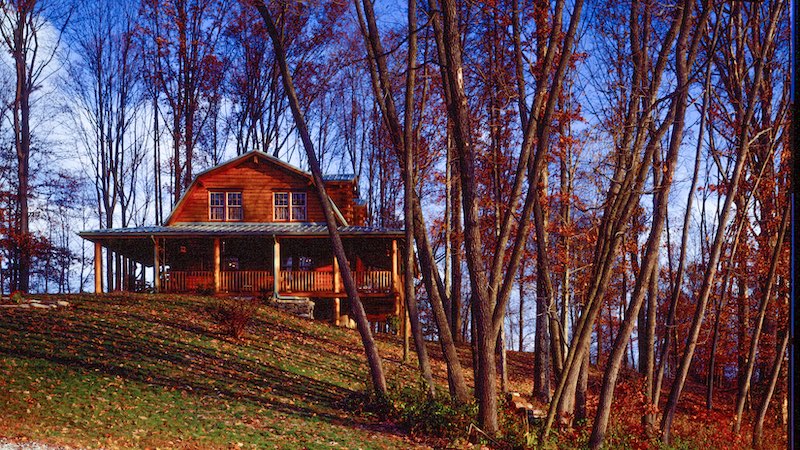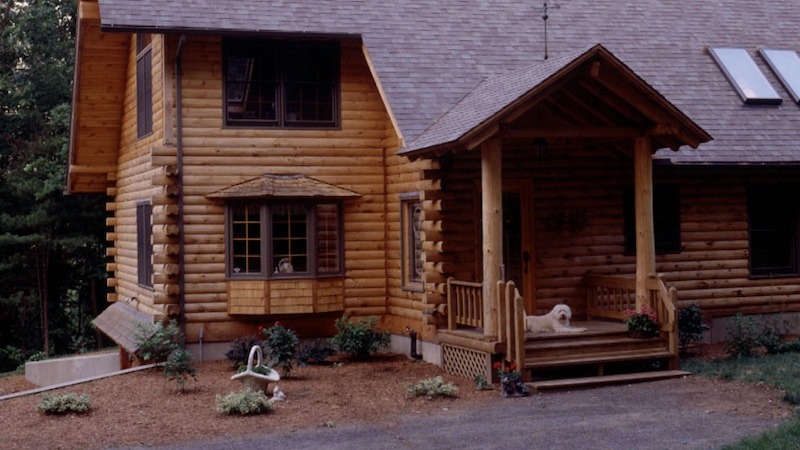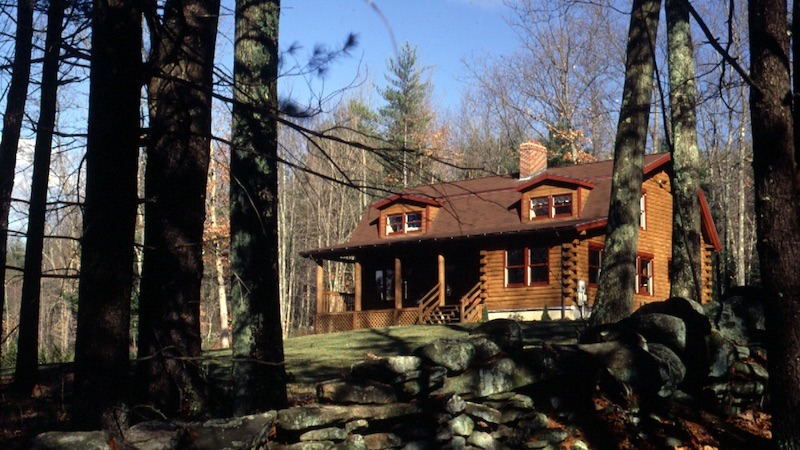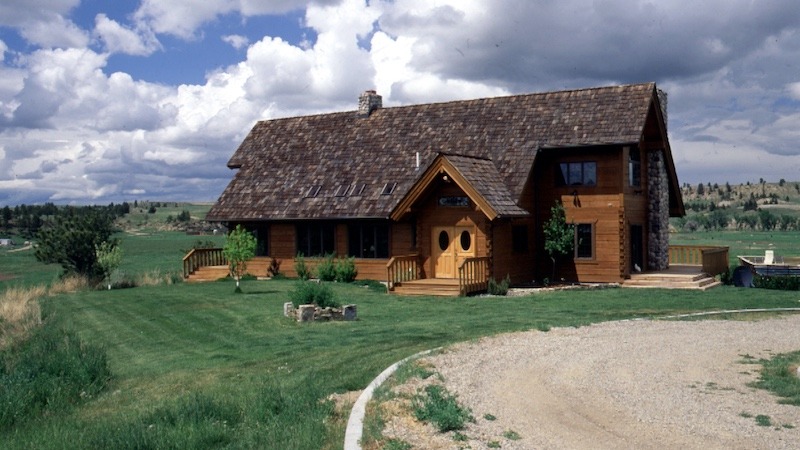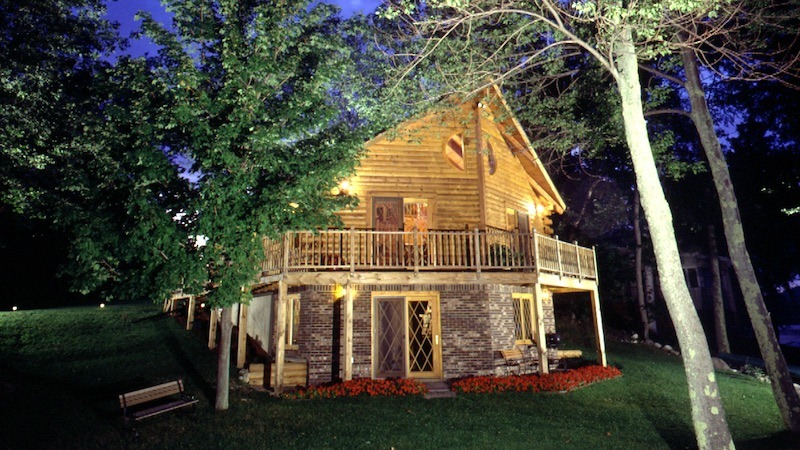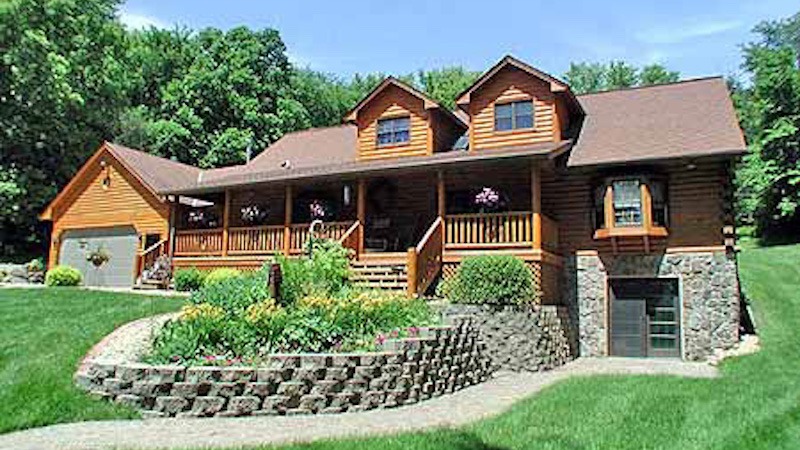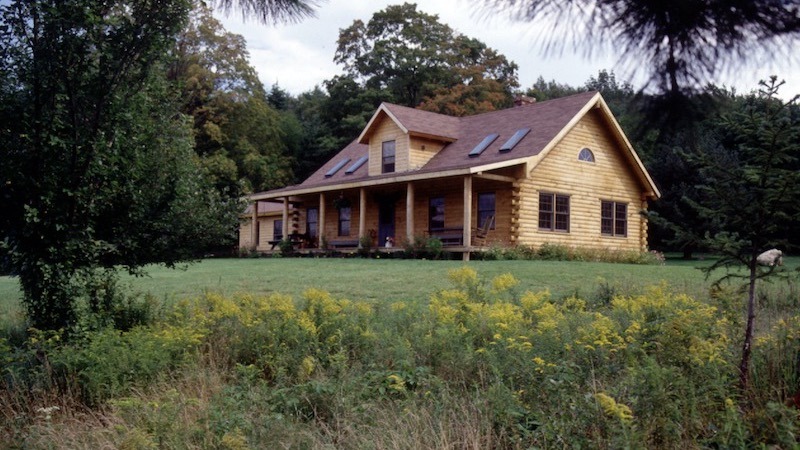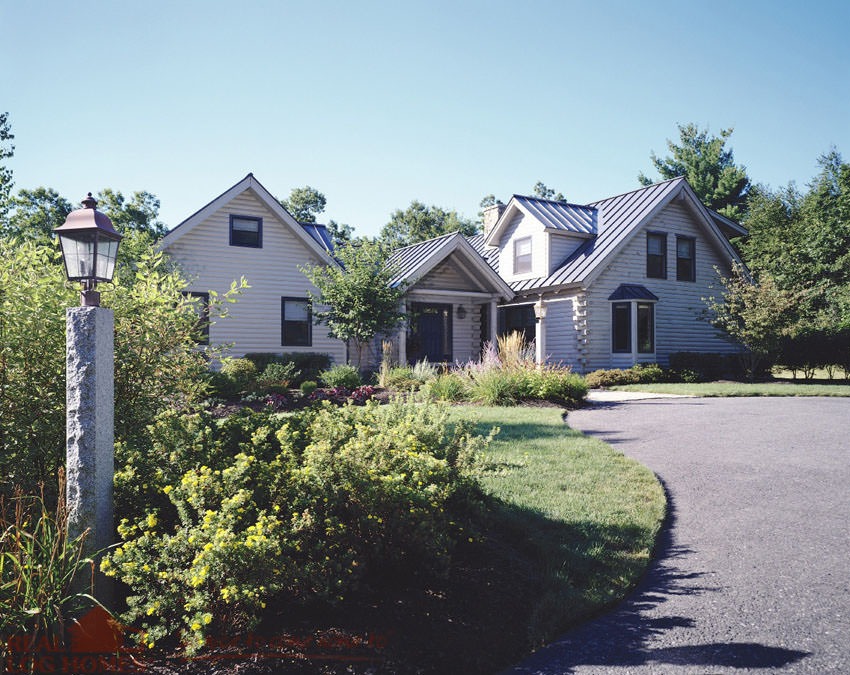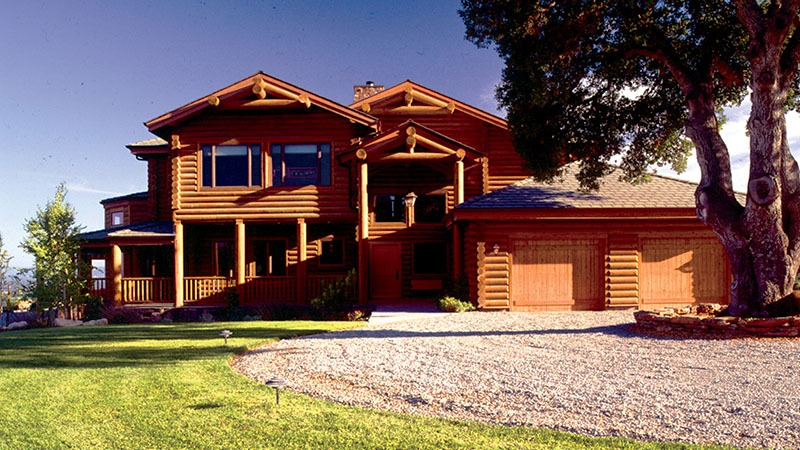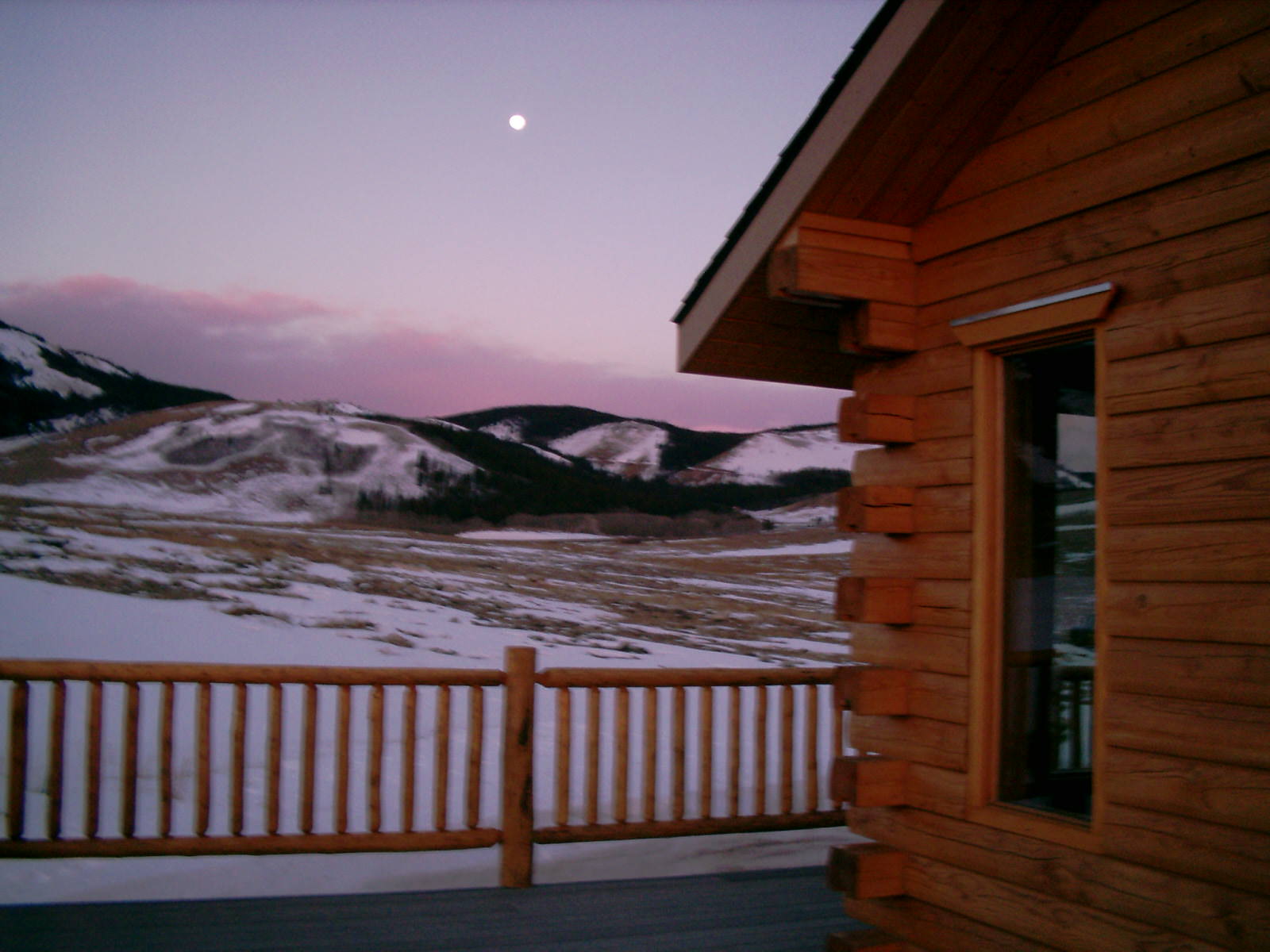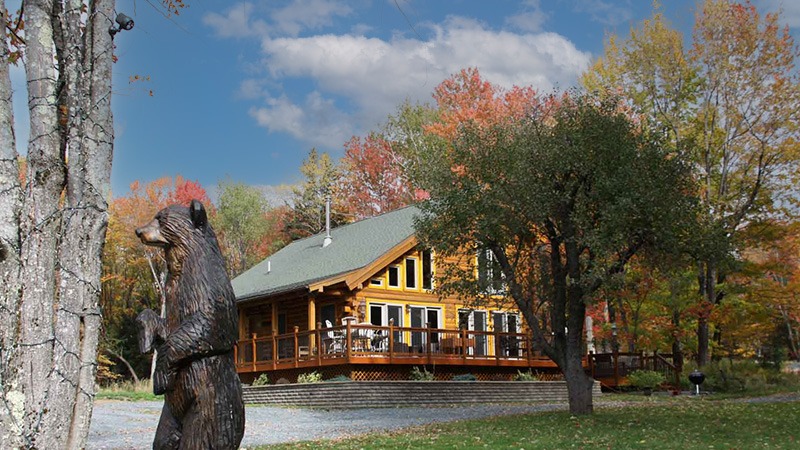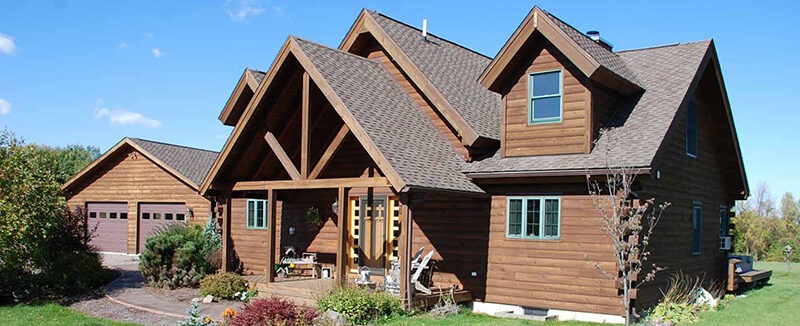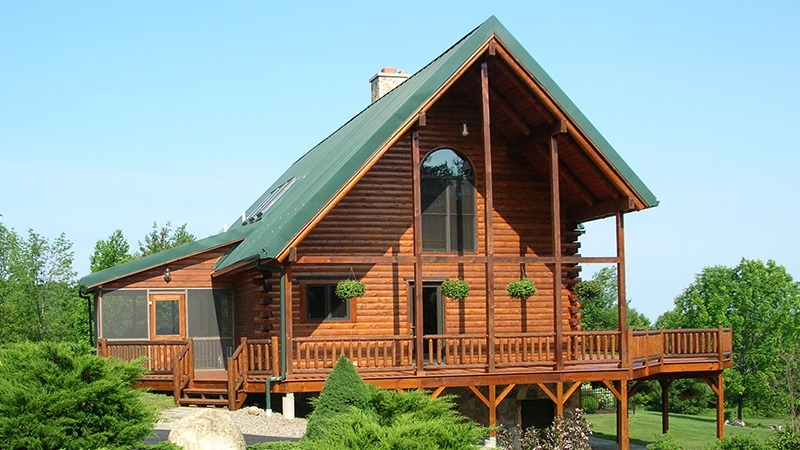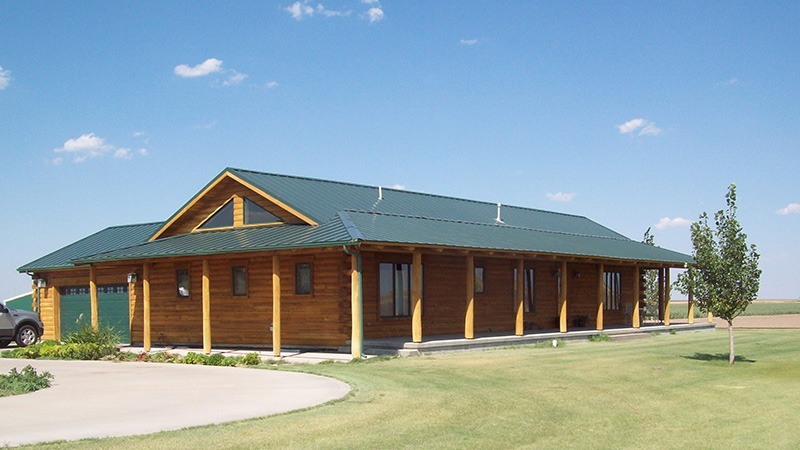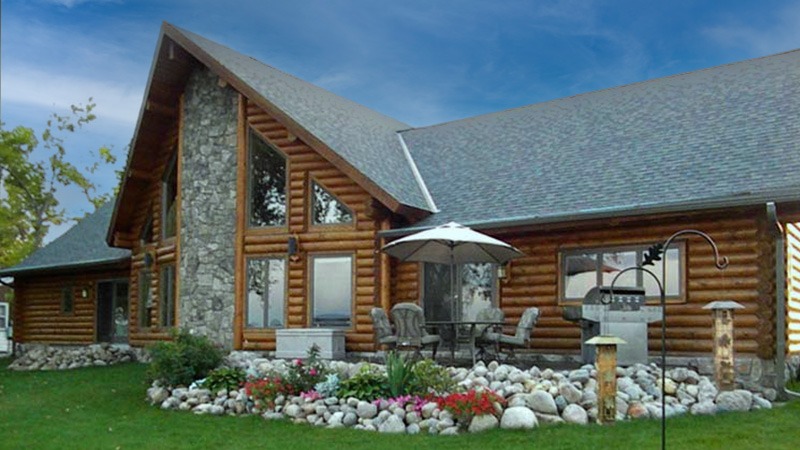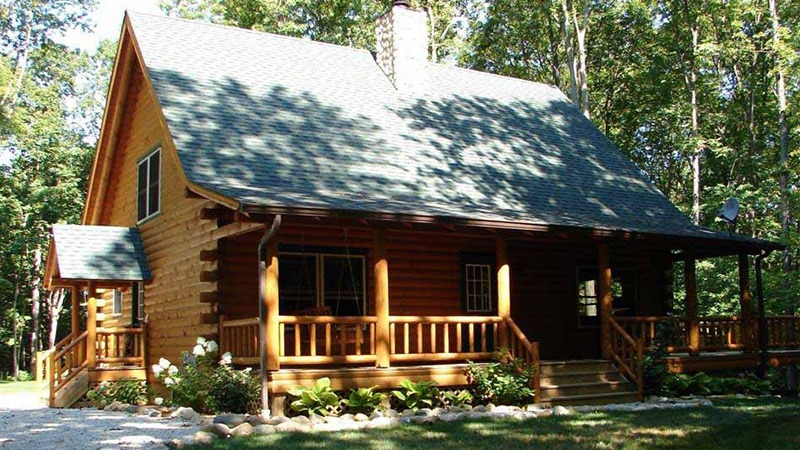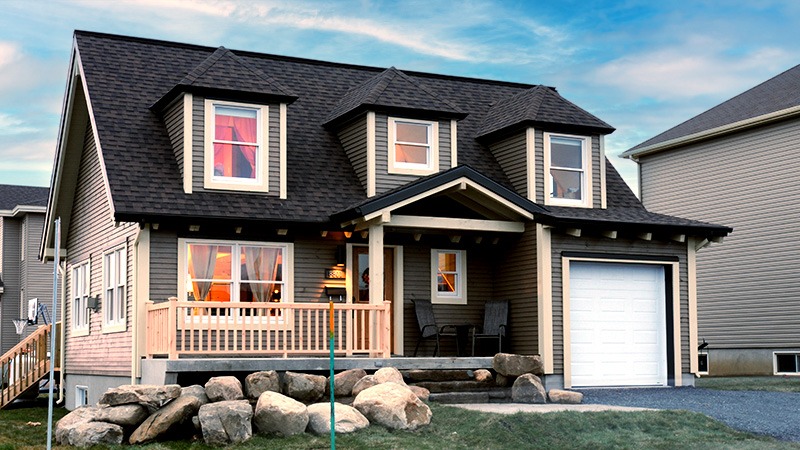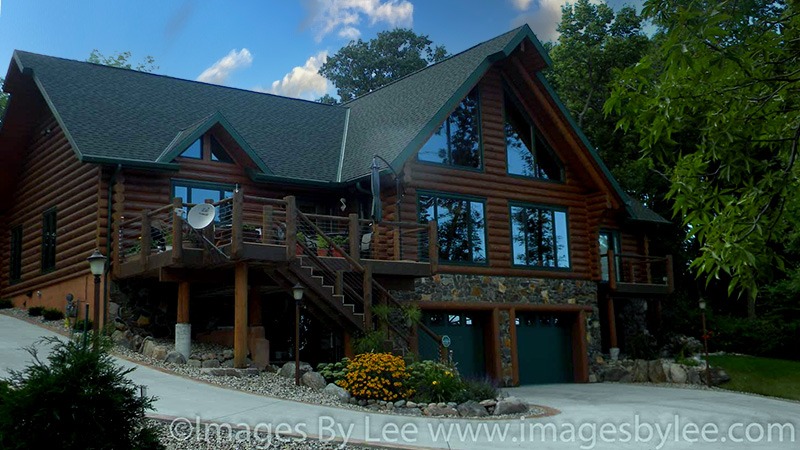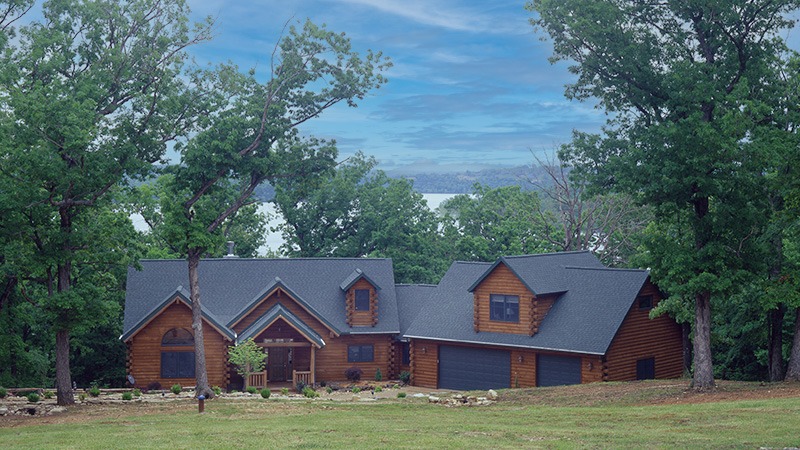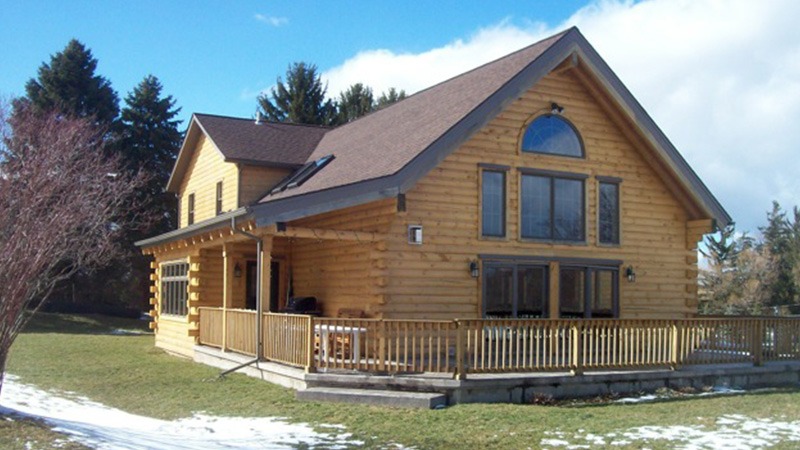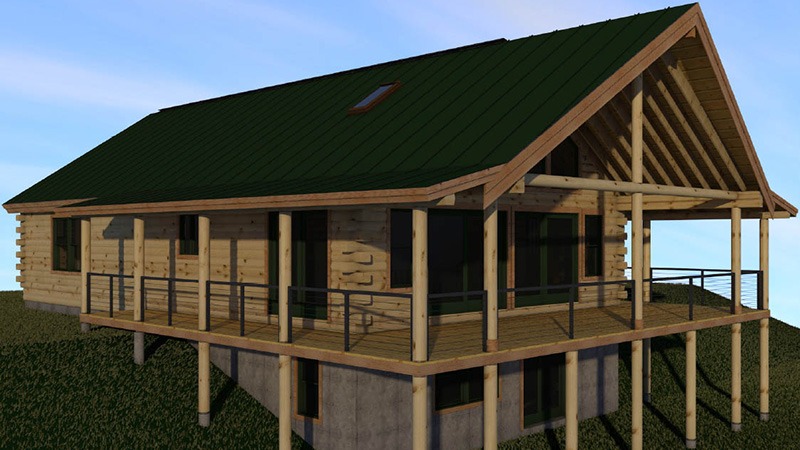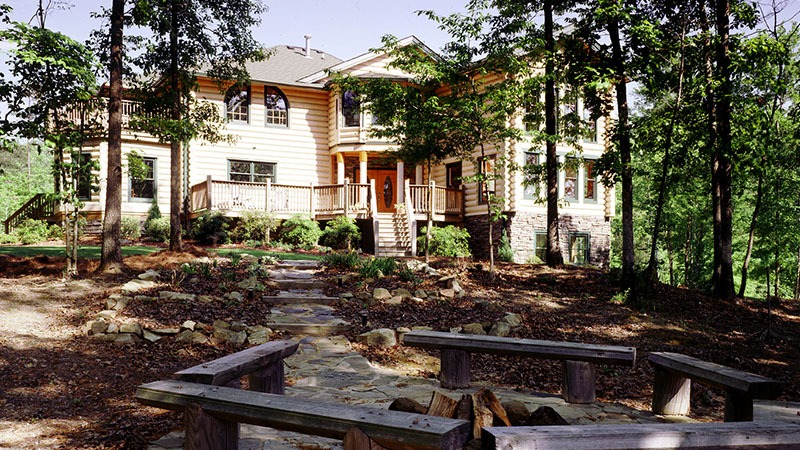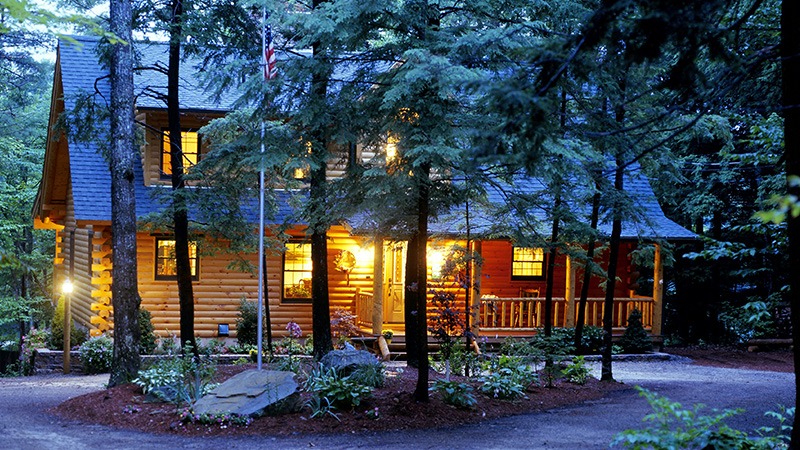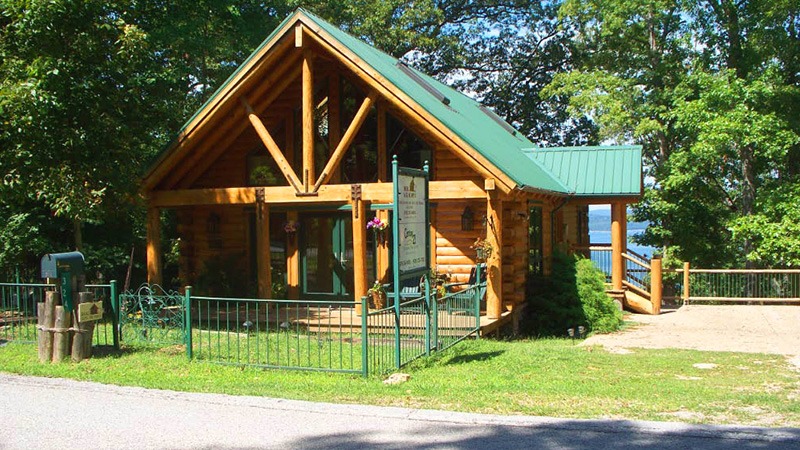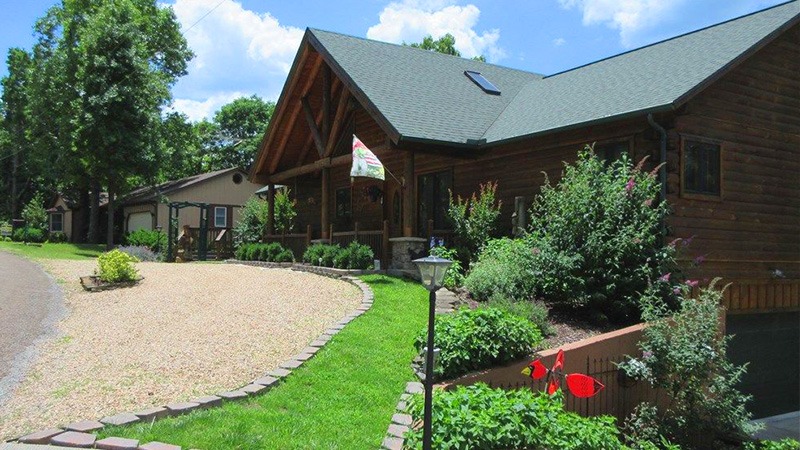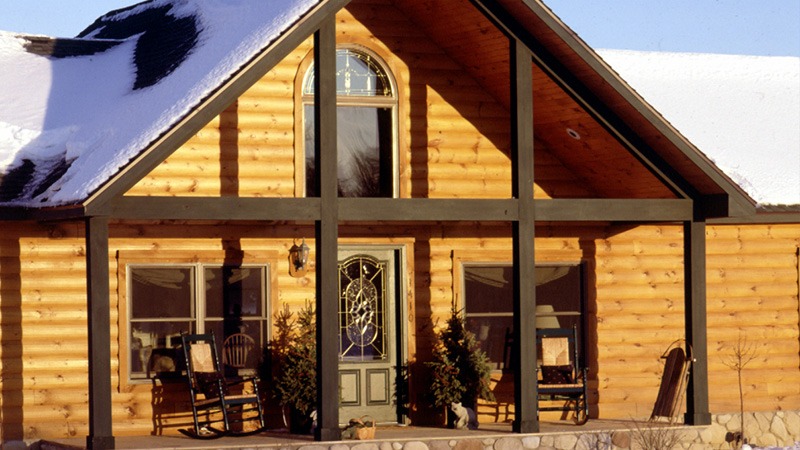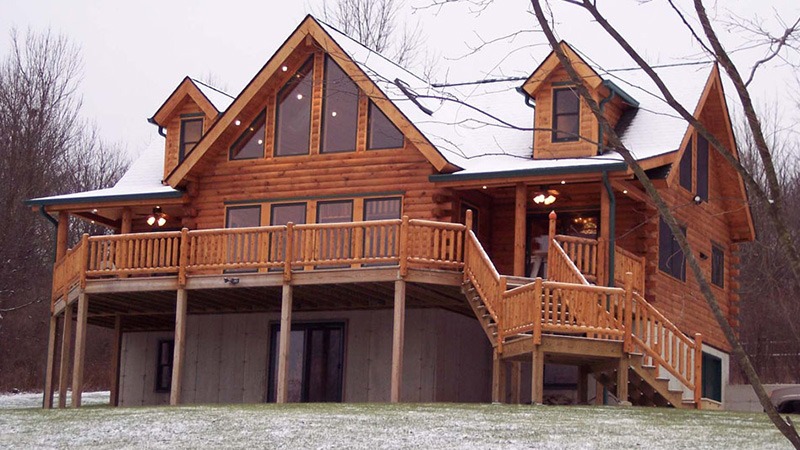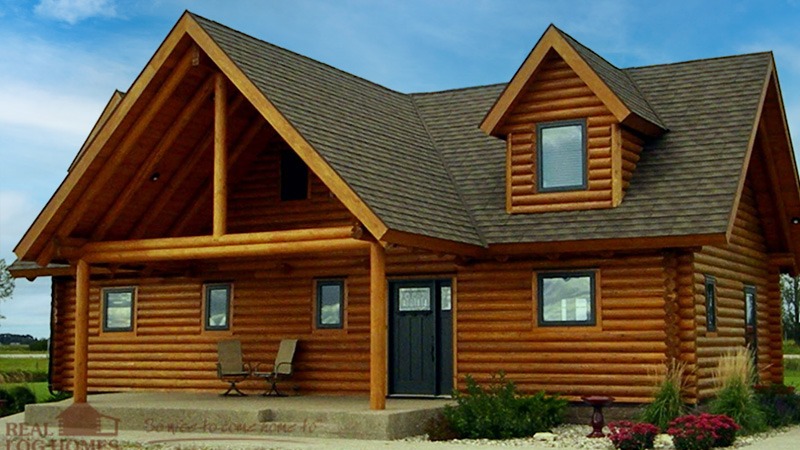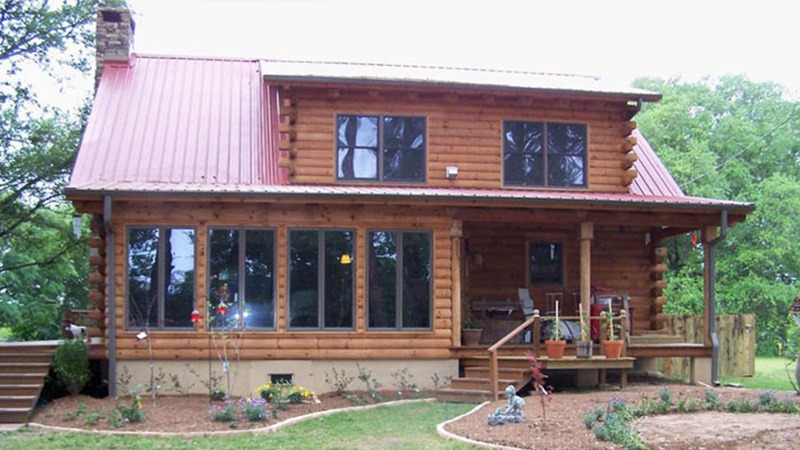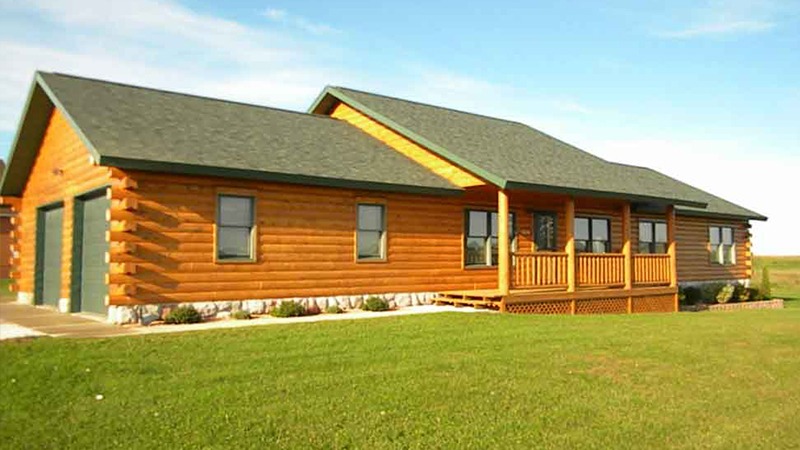For those of us who suffer from the ravages of allergies, just getting through each day can be a chore. Your home should be a respite from your sniffling and sneezing, and there are several ways to reduce the level of allergens present in your home. While building a new home with Real Log Homes is a good start, due to its weather-tight construction, here are some design choices and continuing maintenance tips to help keep your allergies at bay. After all, you’ll want to feel relaxed and at home in your new log home, whether its peak pollen season or not.

One of the best ways to reduce the allergen level is to limit surfaces in which allergens may hide. Wood floors not only complement the rustic look of your log home, but they are also much easier to clean than carpeting. You should mop the flooring every week to remove any settled pollen or other allergens, and any carpeting you do have should also be vacuumed every week with a vacuum with a high-efficiency particulate air (HEPA) filter. Carpeting should especially be avoided in wet rooms like bathrooms, since this is a recipe for mold growth. It is best to keep area rugs to a manageable size so that they can be removed and cleaned professionally as needed. Horizontal window blinds are notorious for holding dust, so consider easier to clean flat shades instead.
In the bedroom, using dust mite-proof covers may help reduce allergy symptoms, but washing bedding material every week in warm water is the best way to remove allergens. If you have pets and are allergic to them, then make sure to bathe them frequently and do not allow them into the bedroom. (And if you must let them in, keep them off the bed itself.) Since upholstered furniture will attract allergens, stick to bare wood, metal or leather cushioned furniture. A small HEPA filter that blows cleaned air on you as you sleep may also help.

Properly ventilating your house is also important to reducing allergens. Replace your HVAC filter once a month and consider running the air-conditioner throughout the pollen season if that is a troublesome time for a member of your family. Your range hood should be a type that vents to the outside rather than one that merely filters the air. Since smoke can exacerbate allergy symptoms, consider a natural gas or propane fireplace rather than a wood-burning one if that is possible for your log home’s location. While the crackle of wood burning may be appealing, allergies can really ruin the mood.
Do you suffer from allergies? Feel free to leave us a comment with any tips you have on keeping your home allergen free. And whether you have allergies or not, if you’re interested in building a log home, please call Real Log Homes today or fill out the form below for more information.
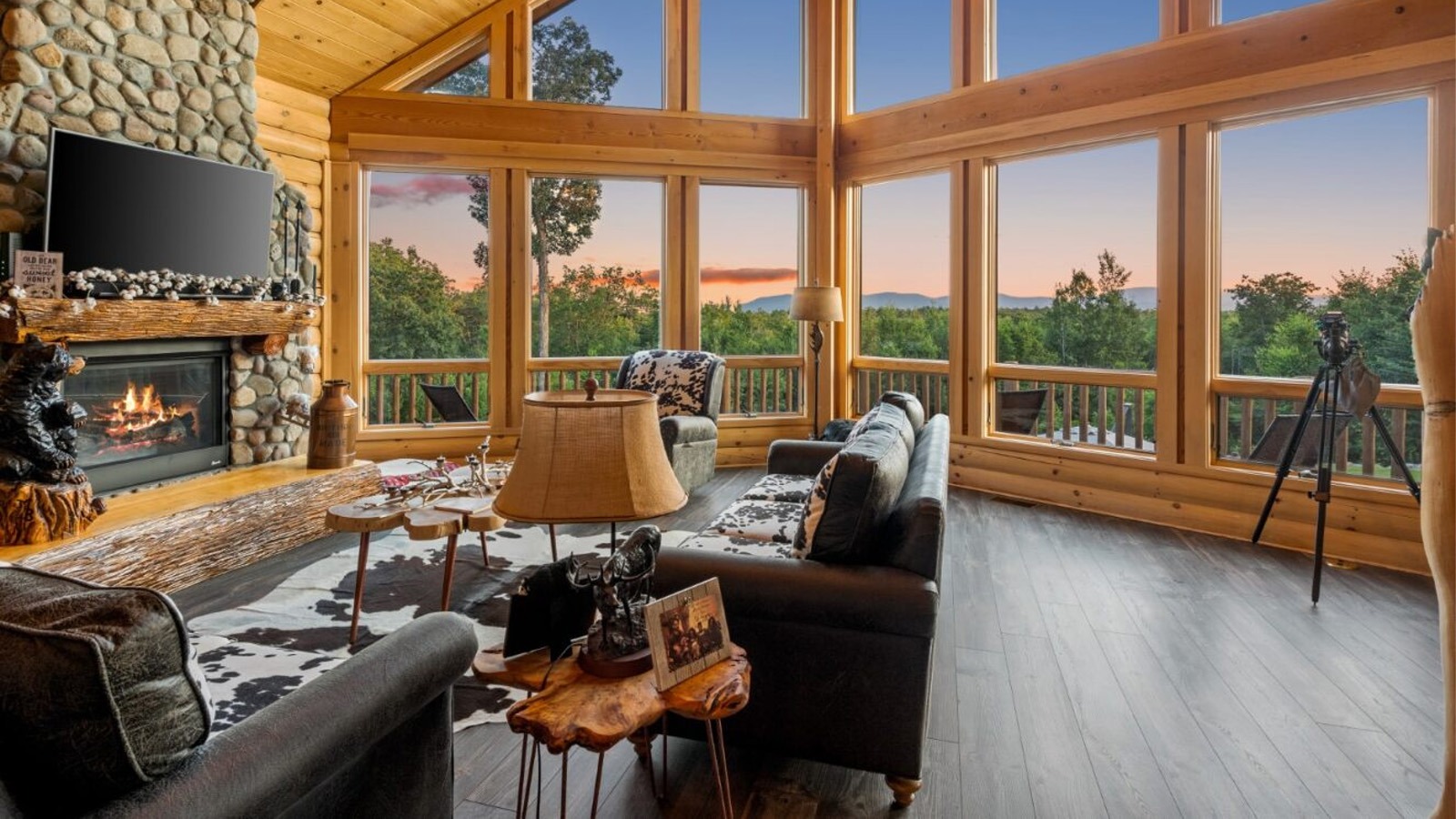
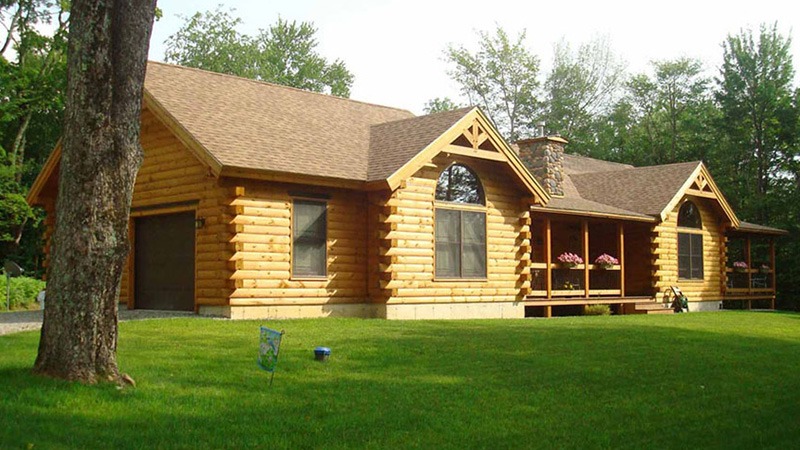
![[KAB-IN] Vermont - Renovated 1972 Real Log Homes Rental Cabin](https://realloghomes.com/wp-content/uploads/2019/03/Cavendish-KAB-IN-Woodstock-VT-51.jpg)
